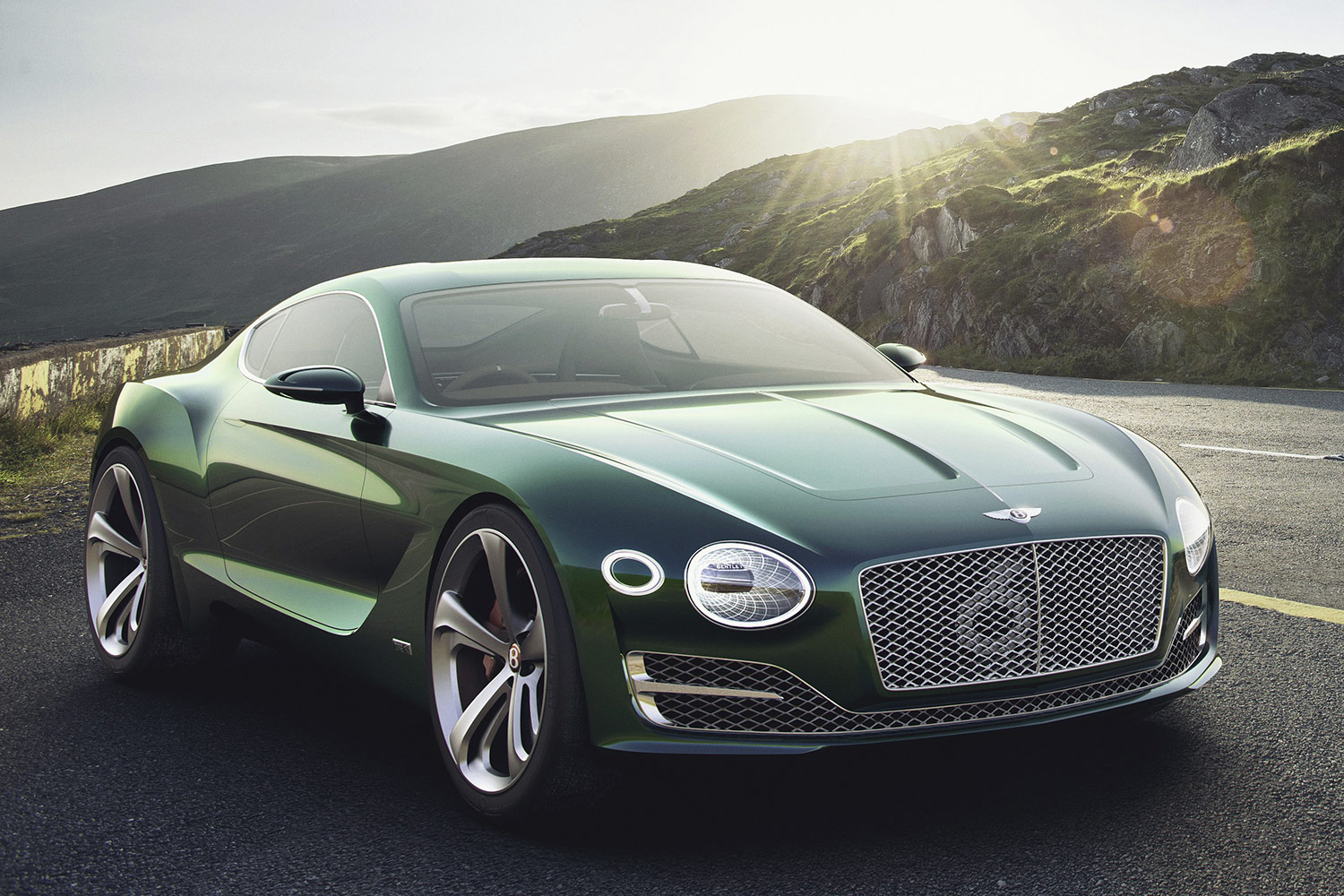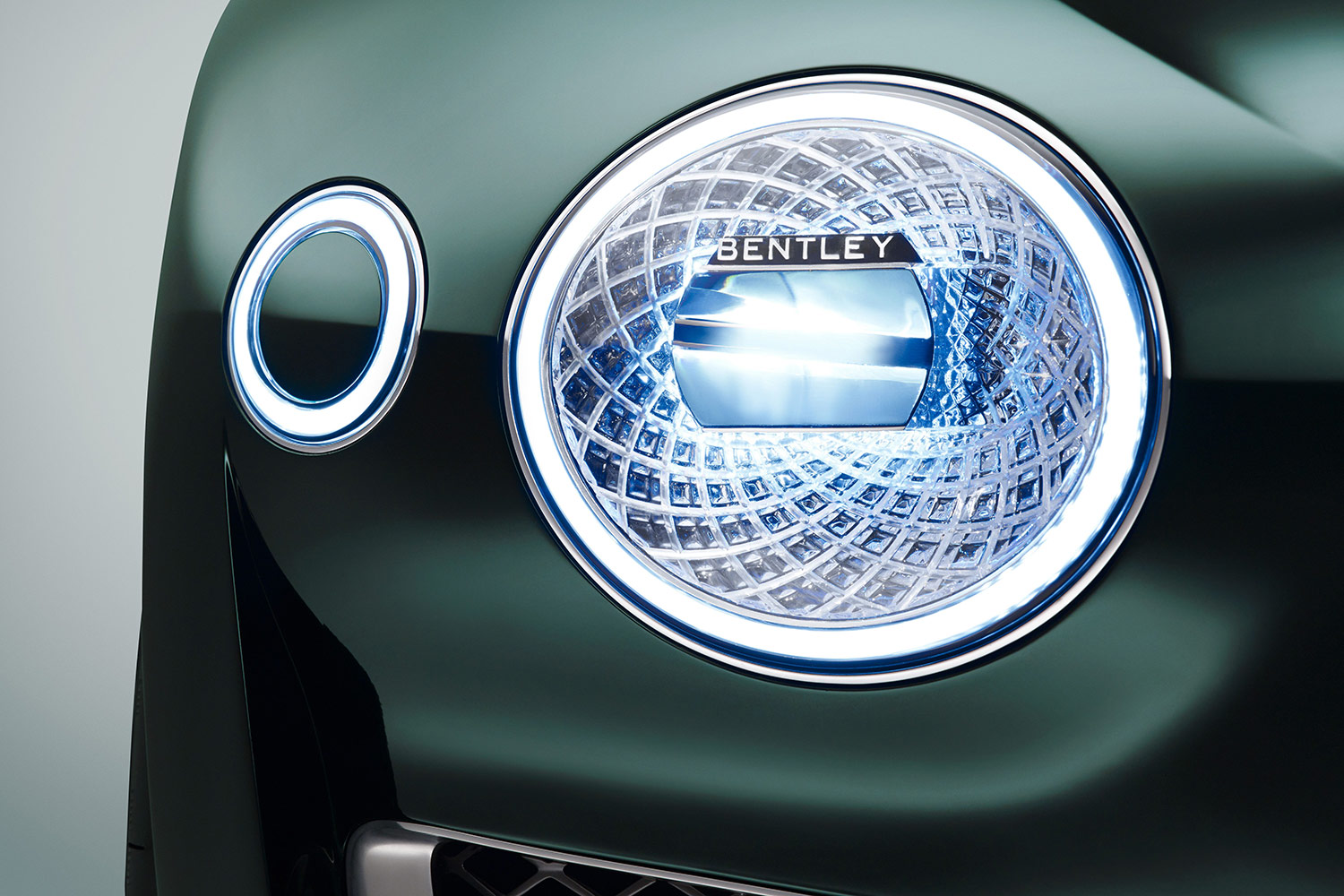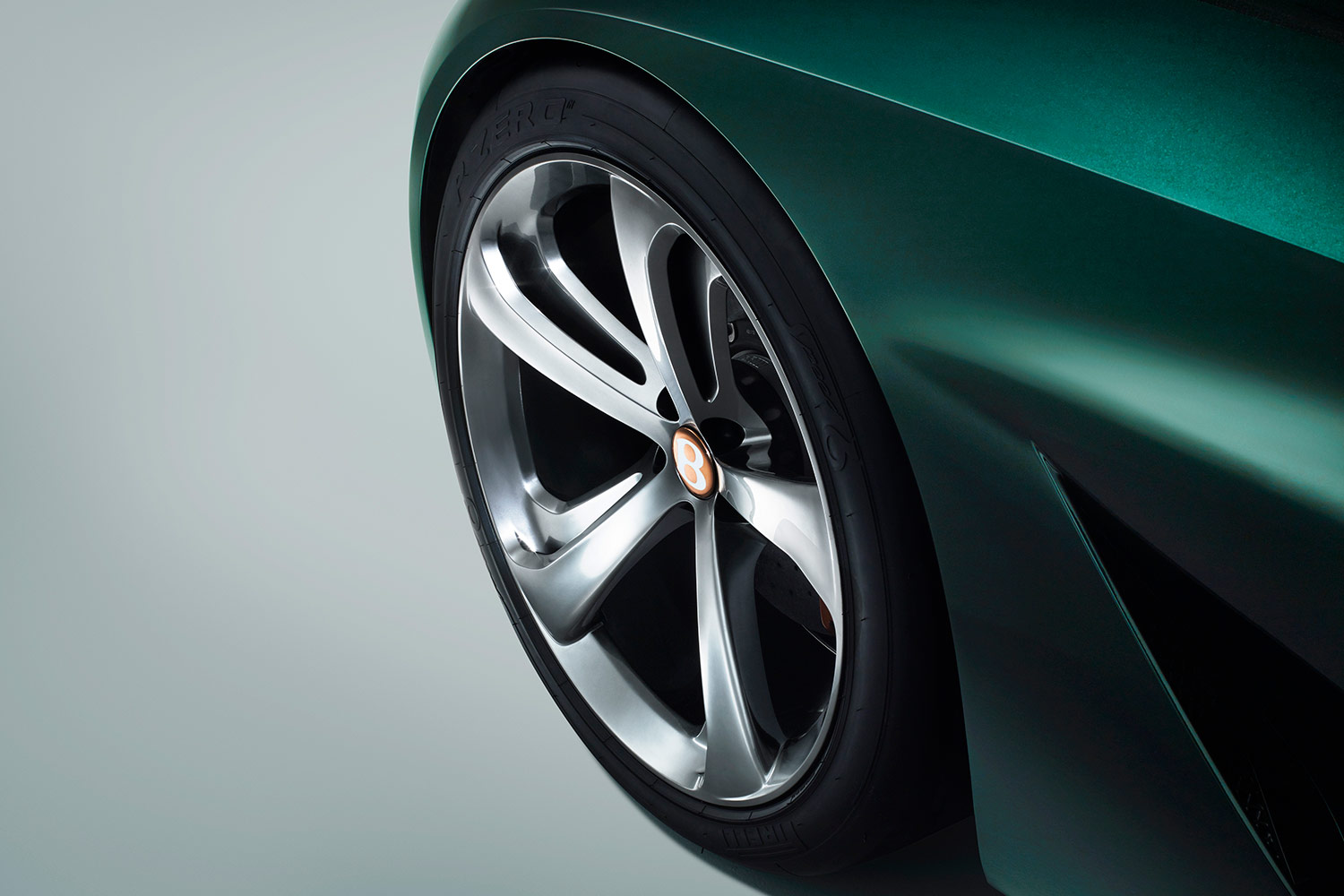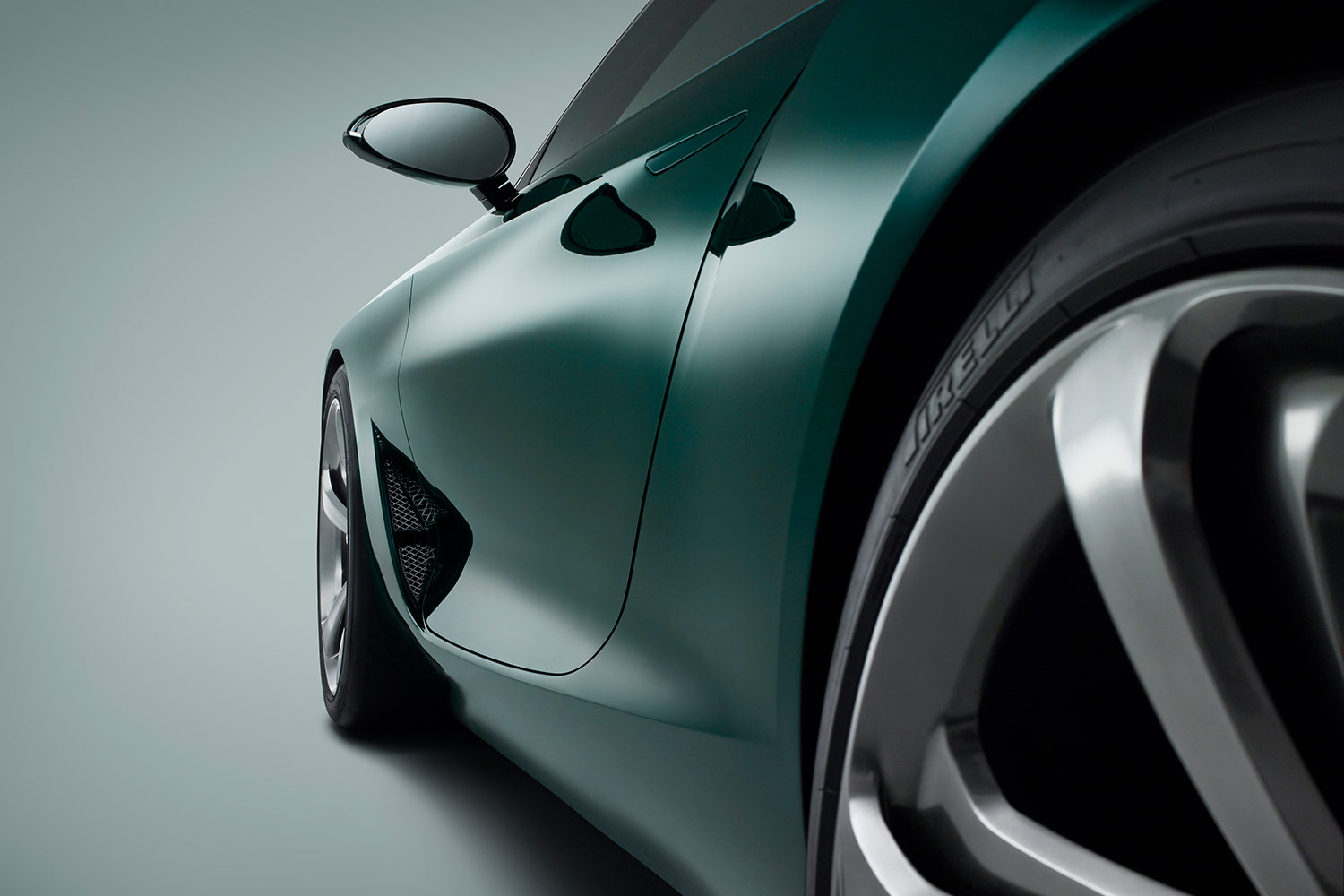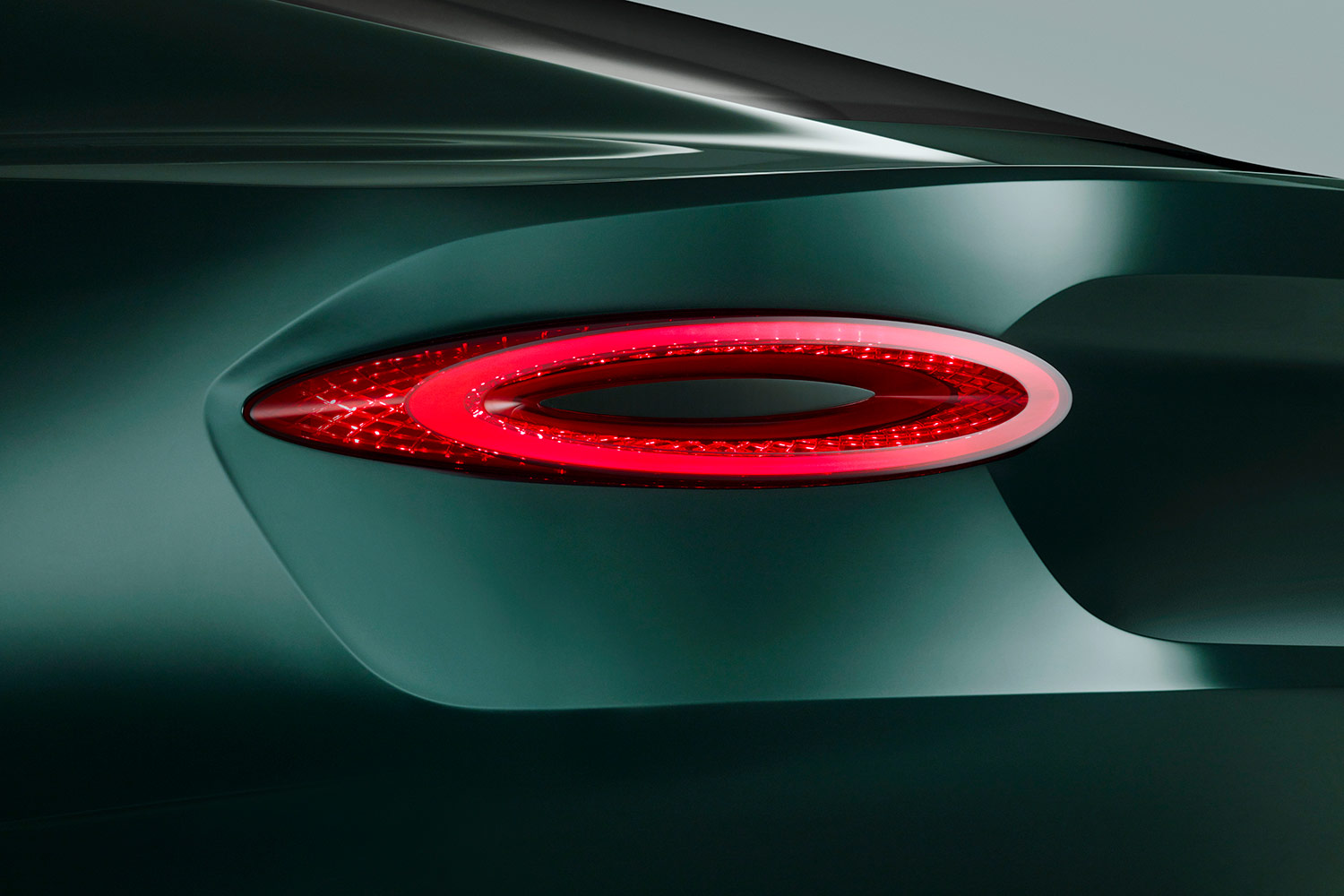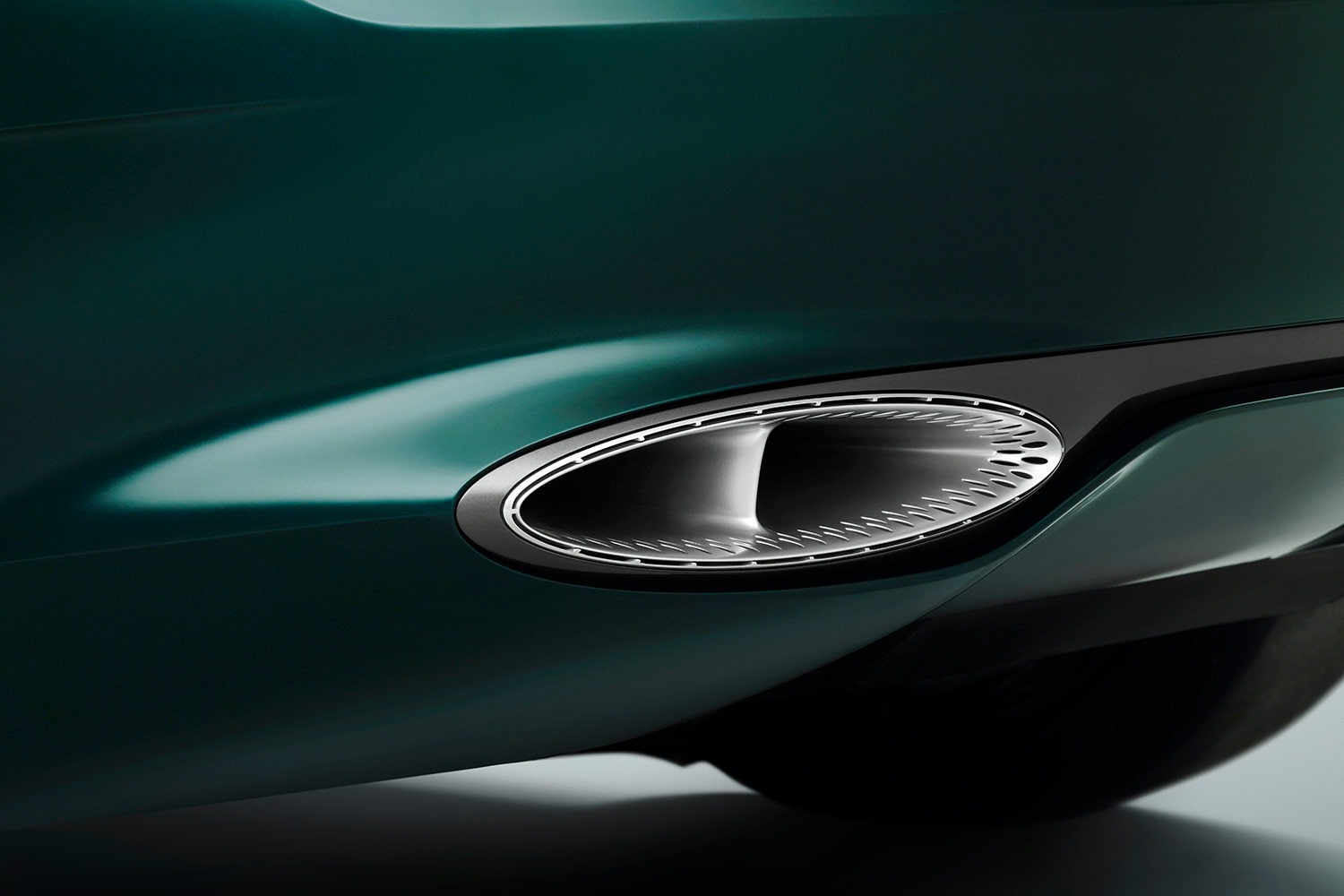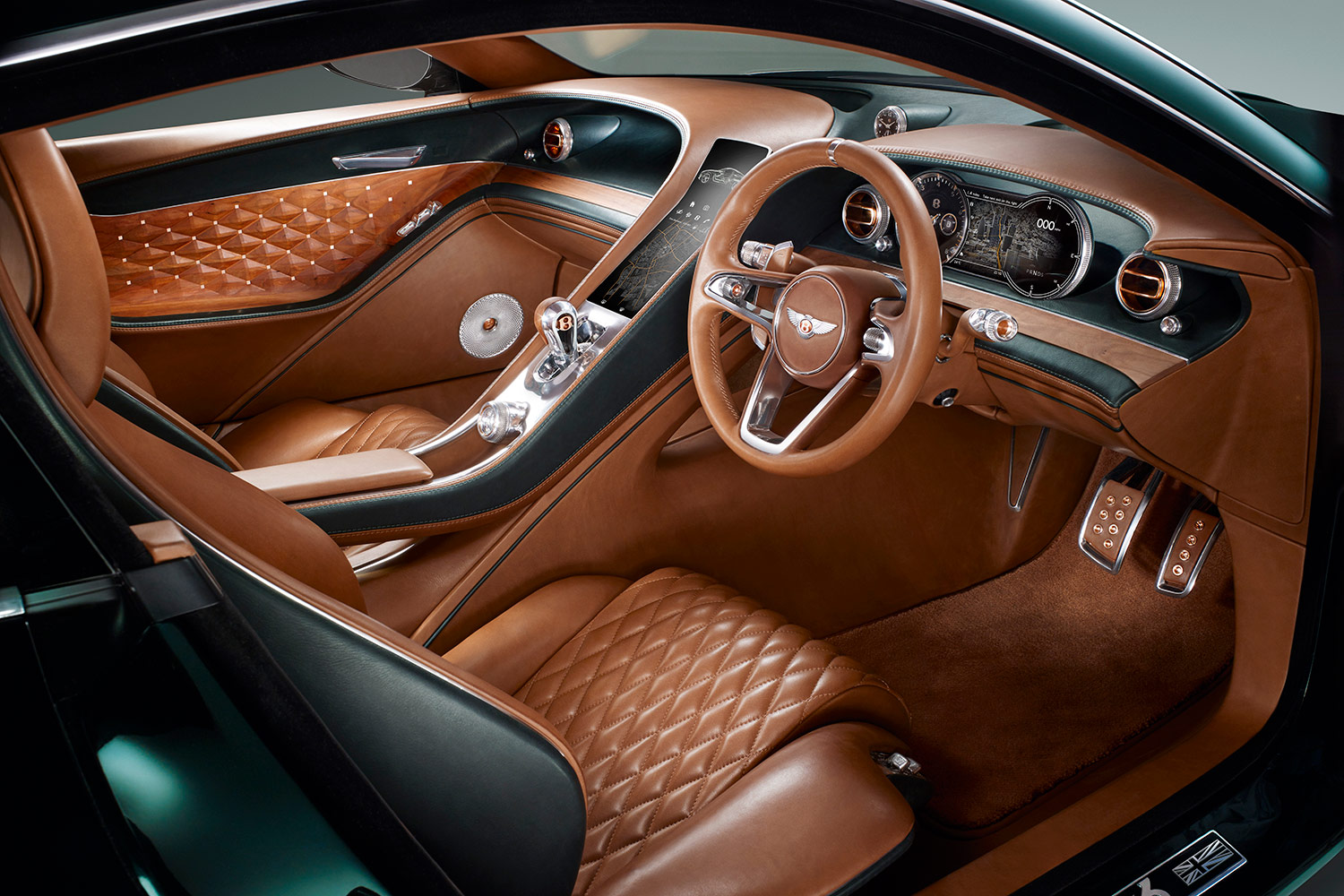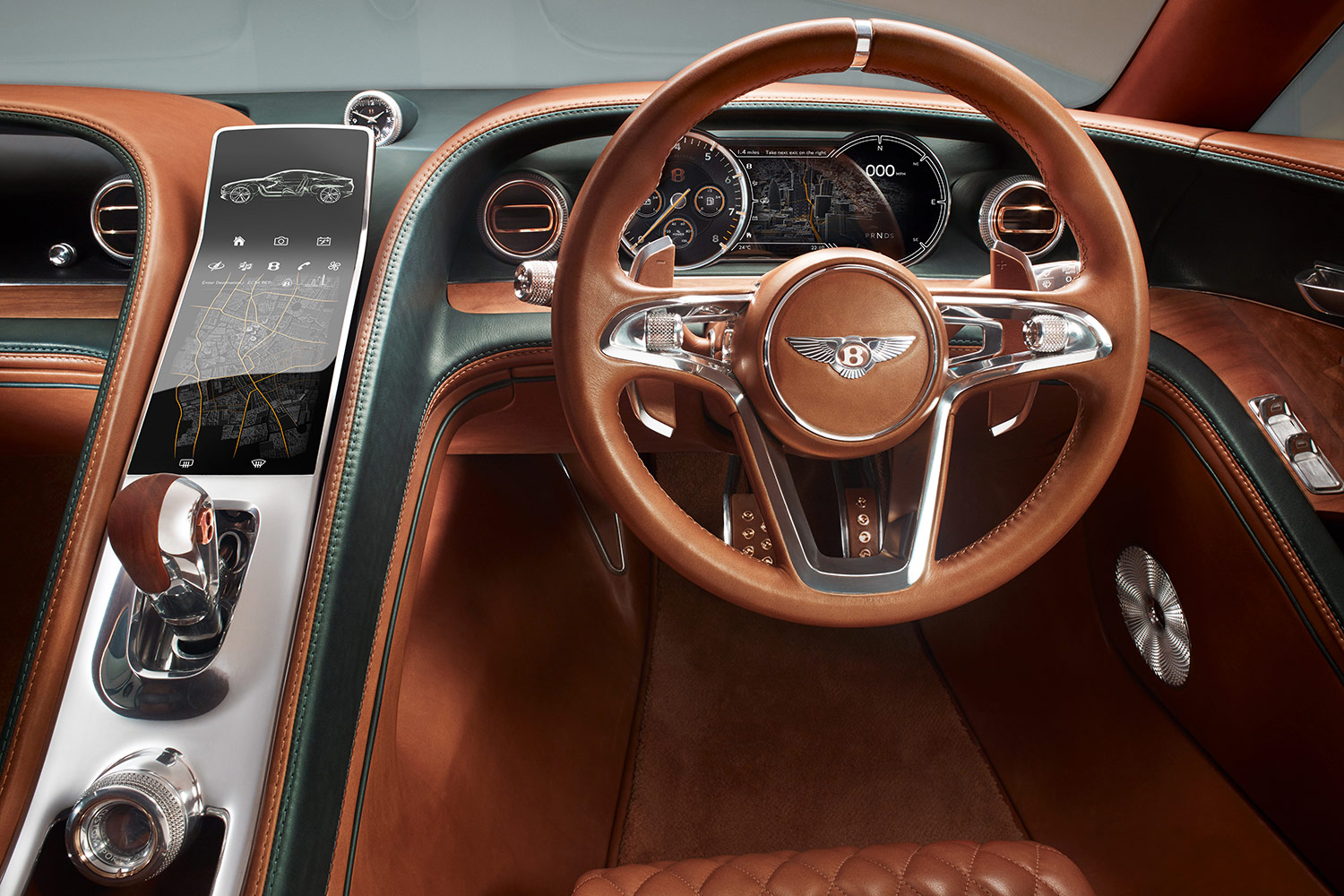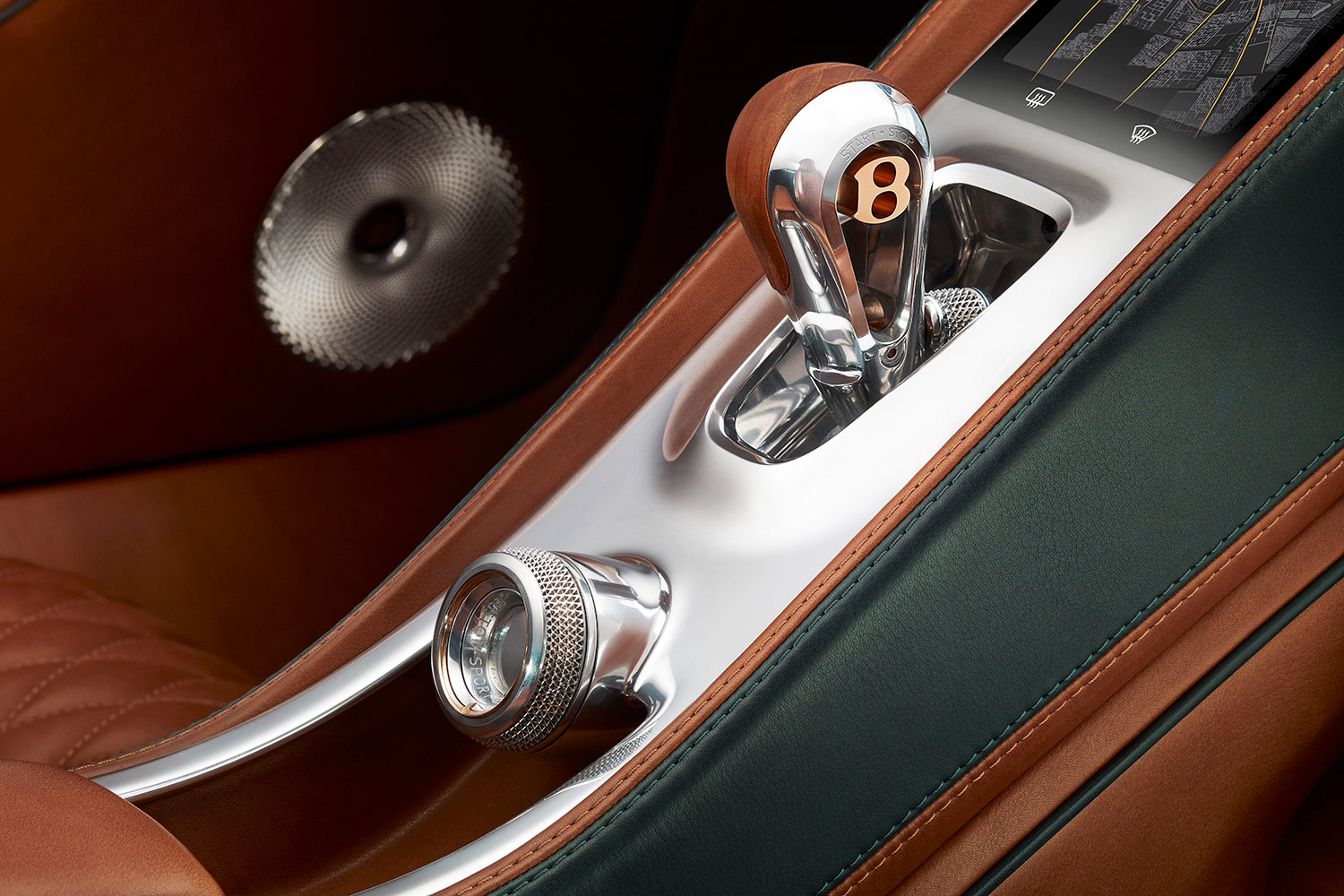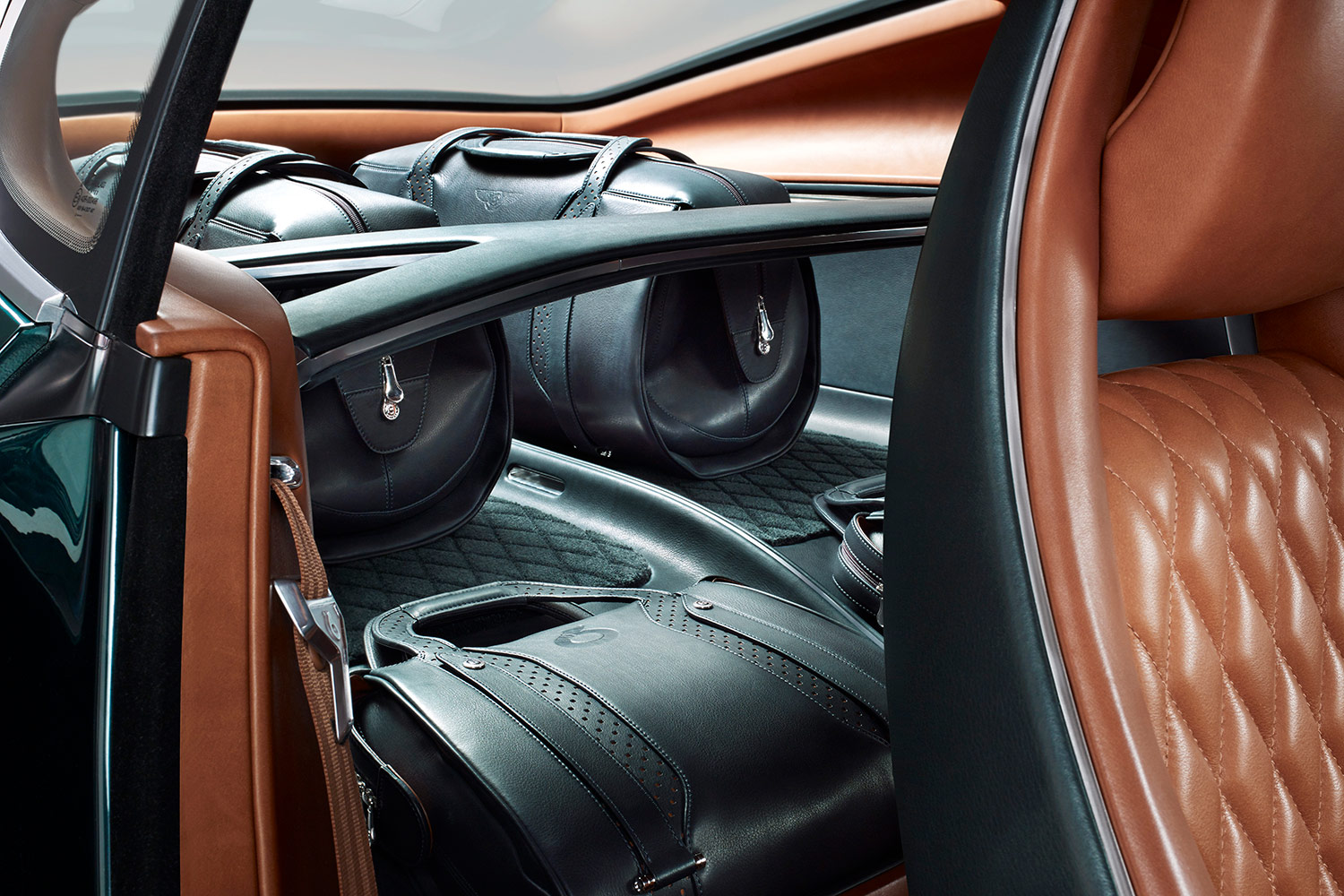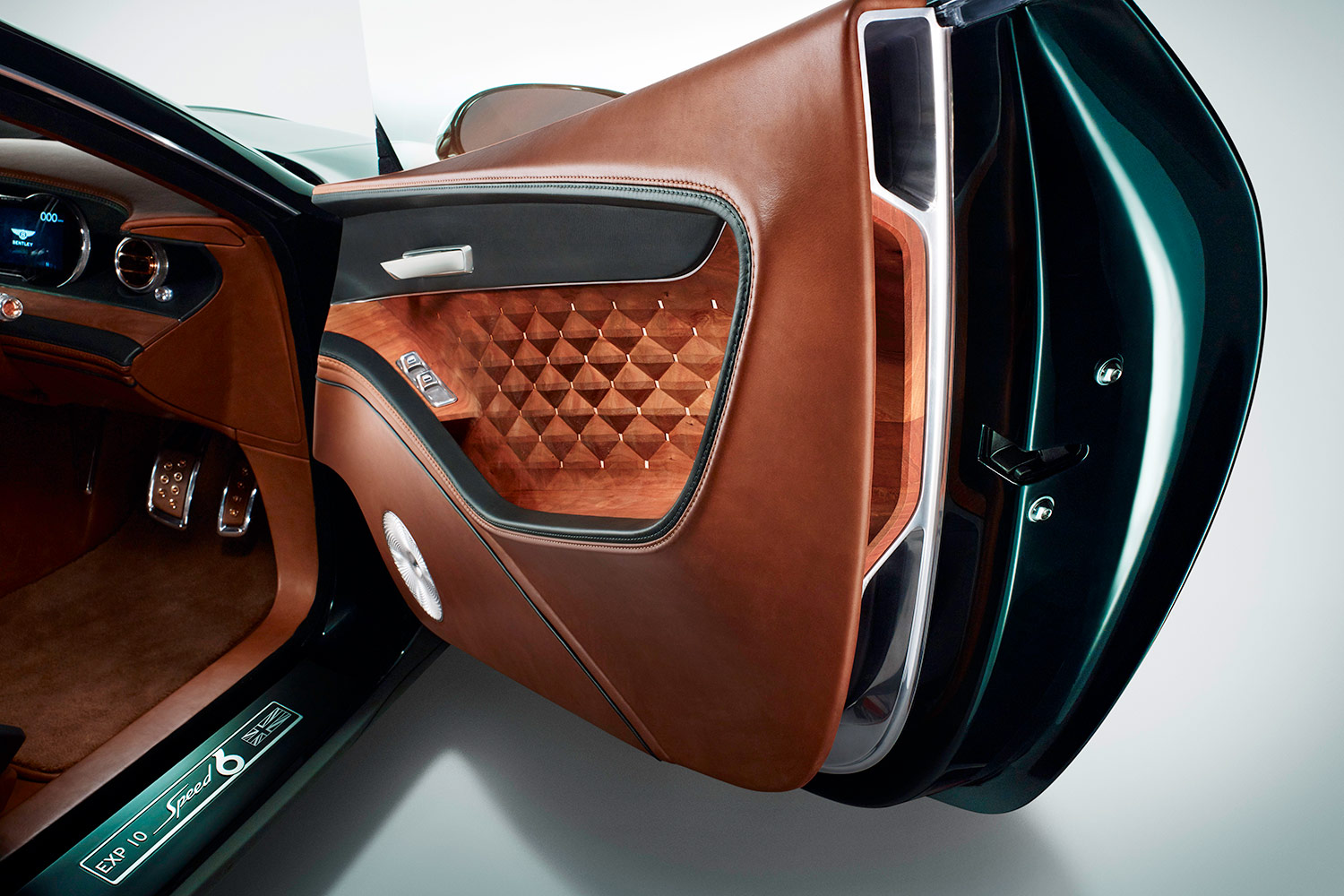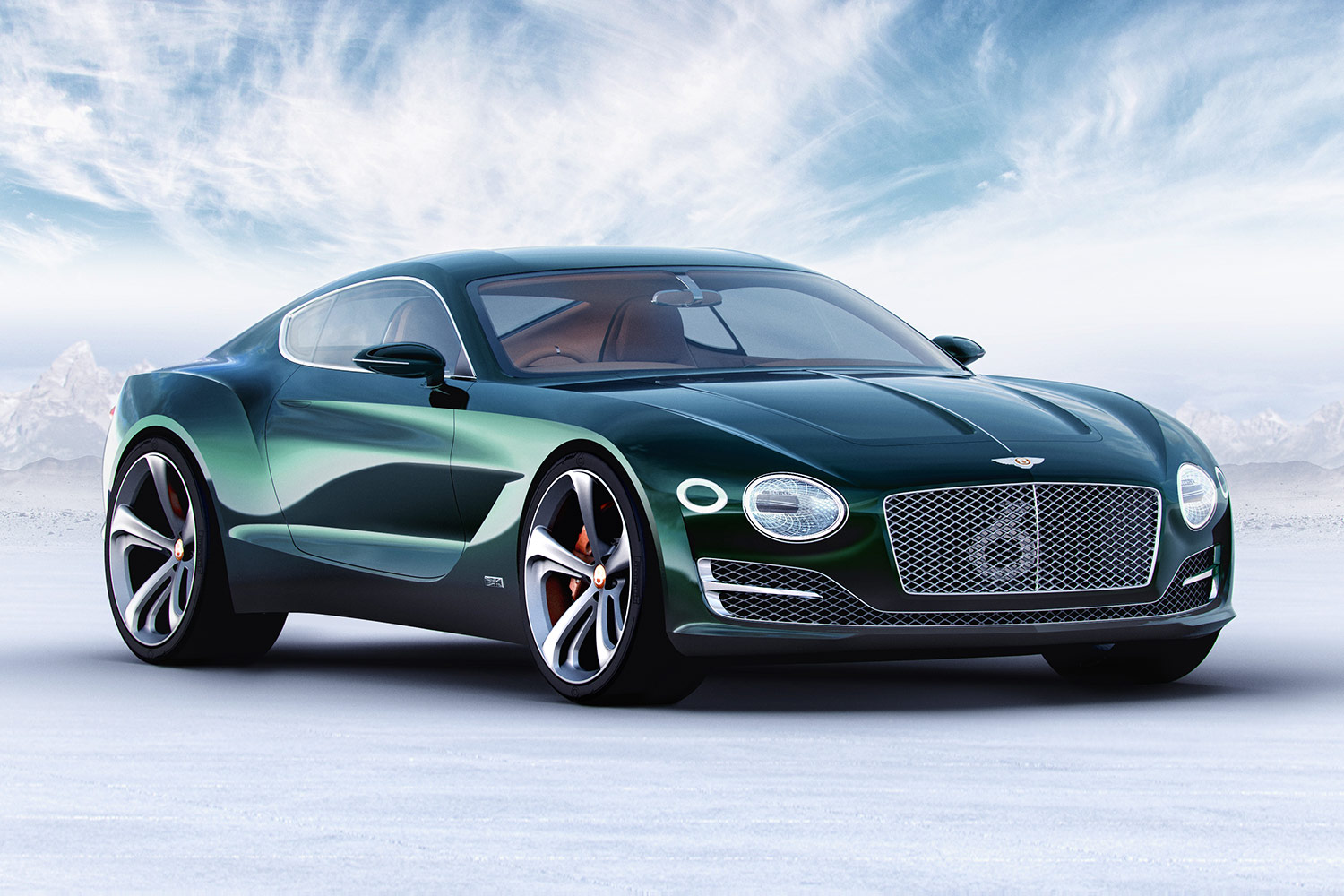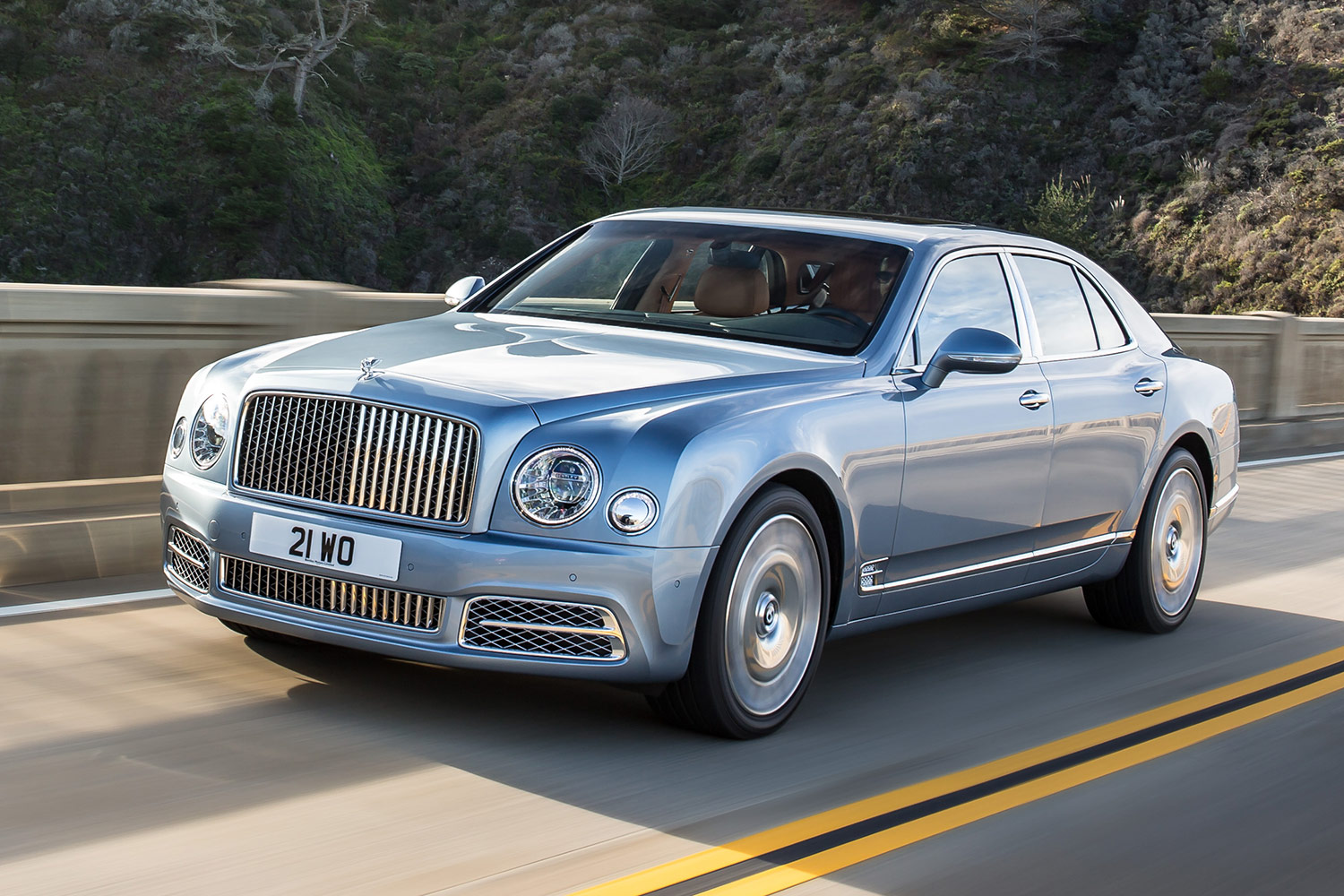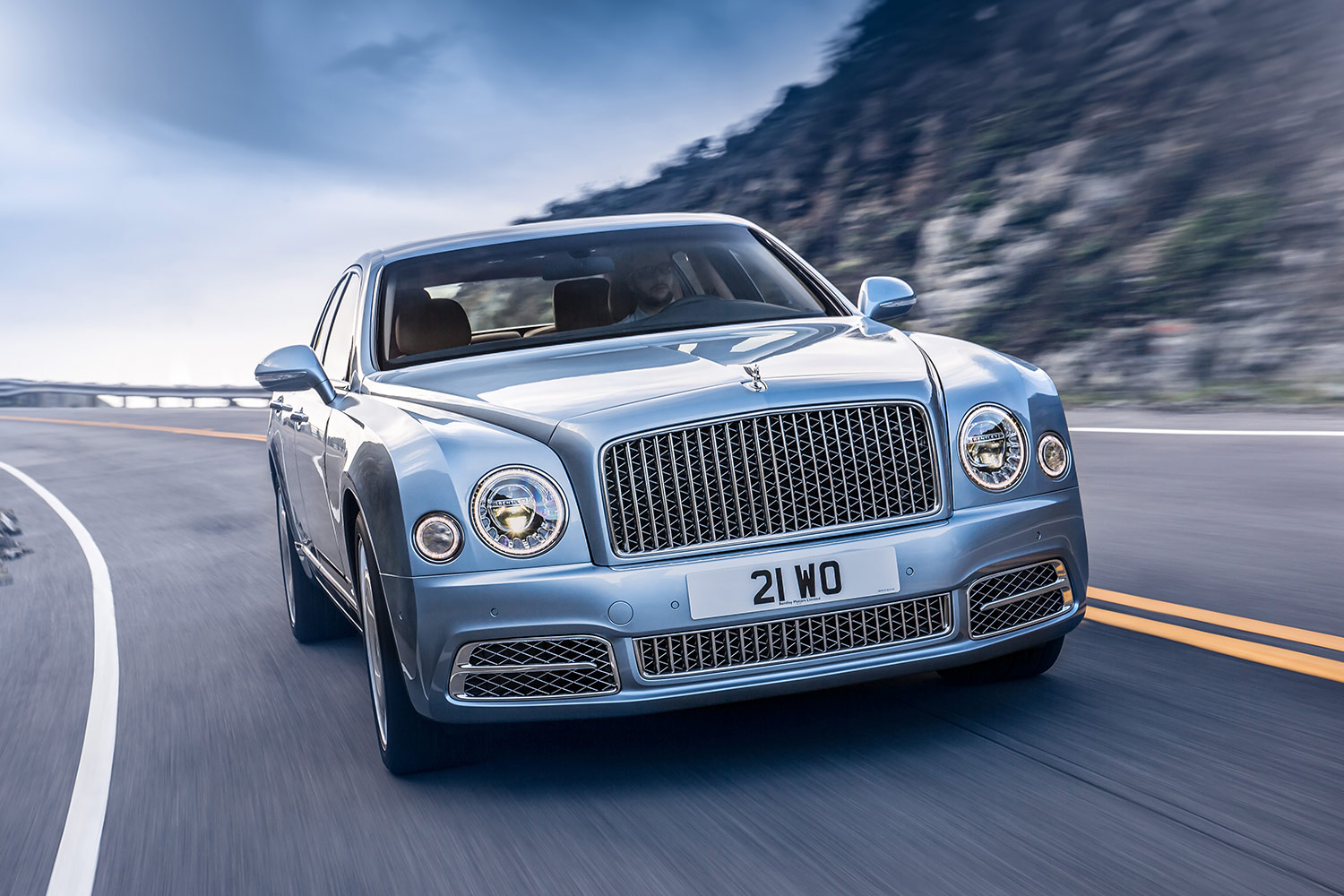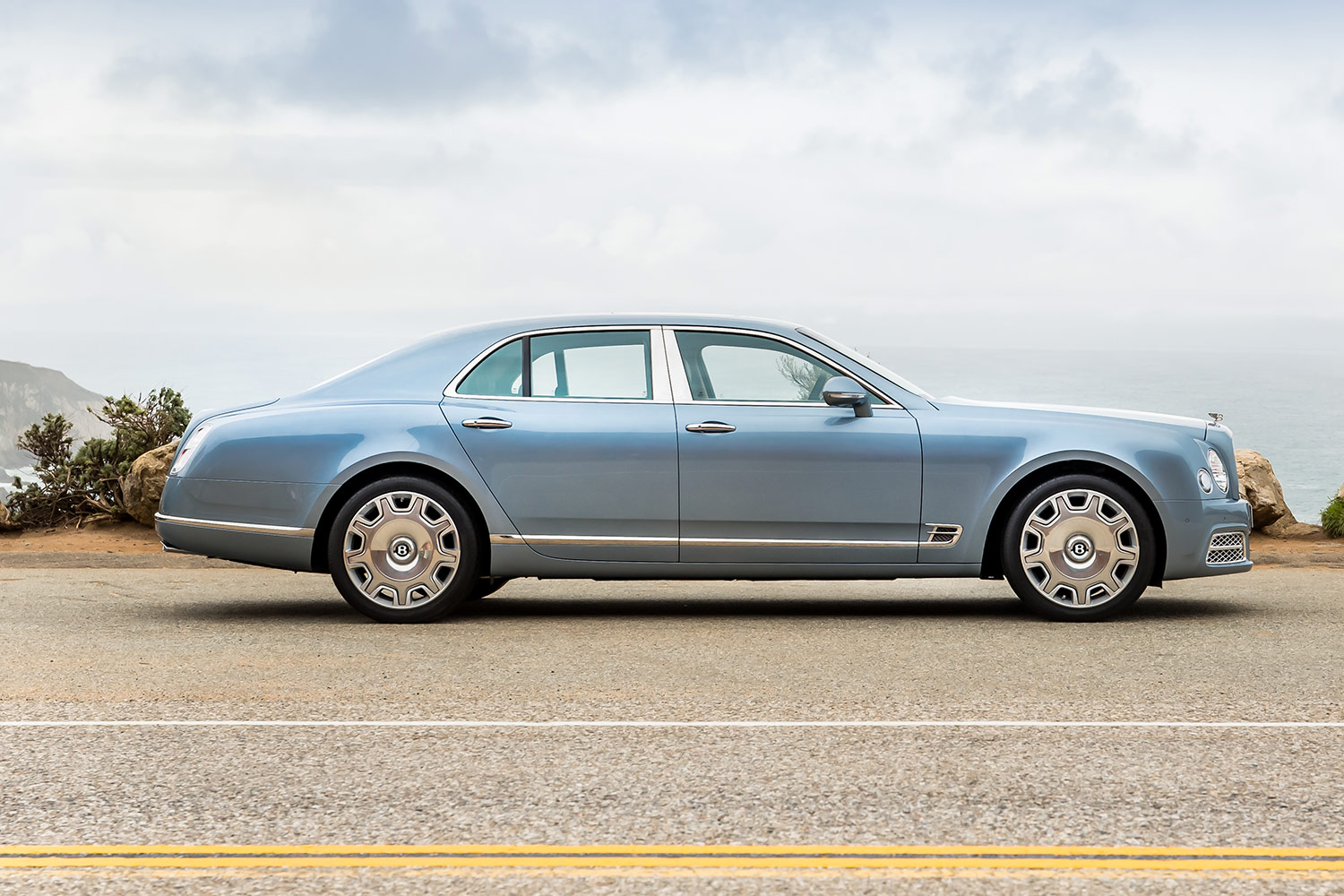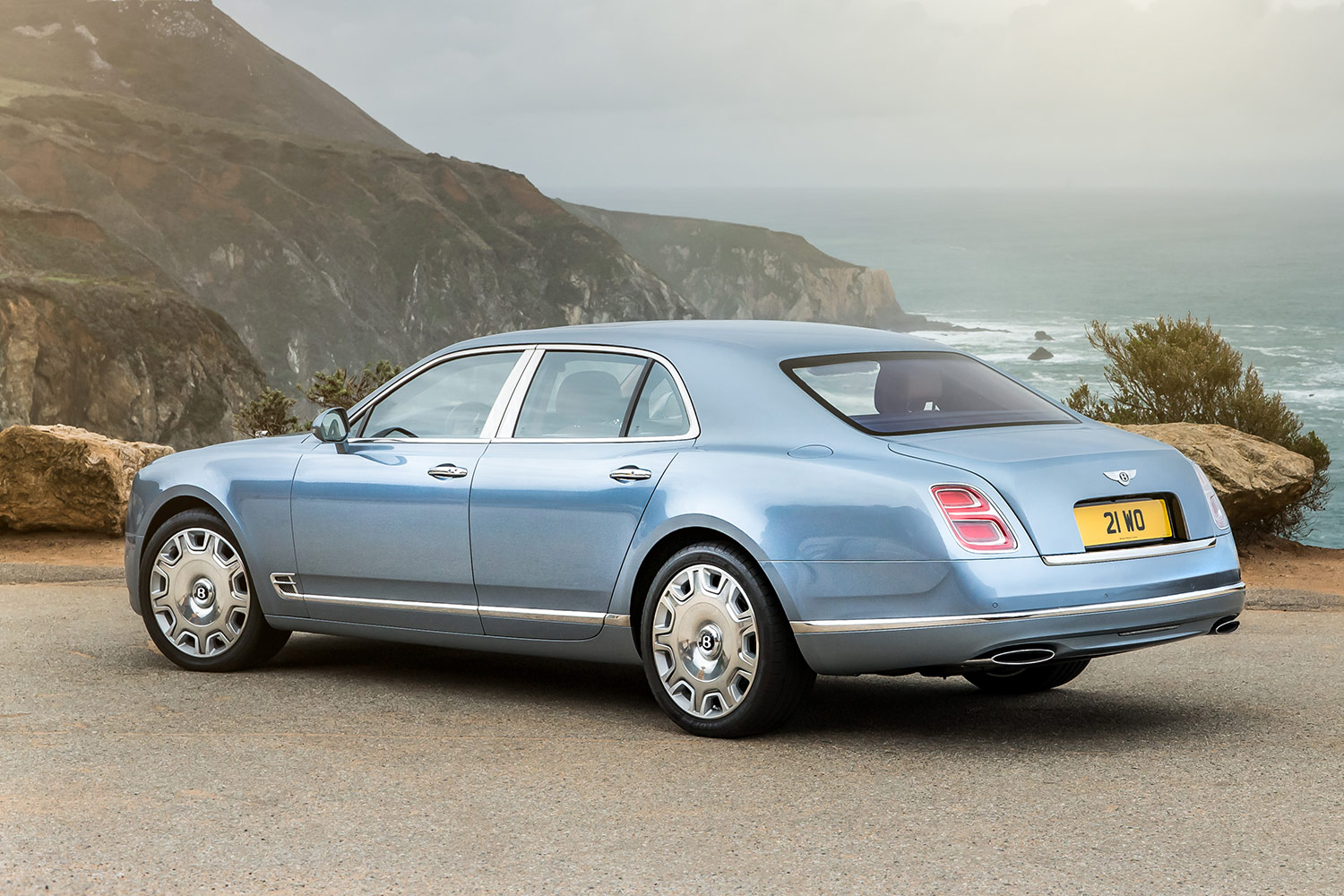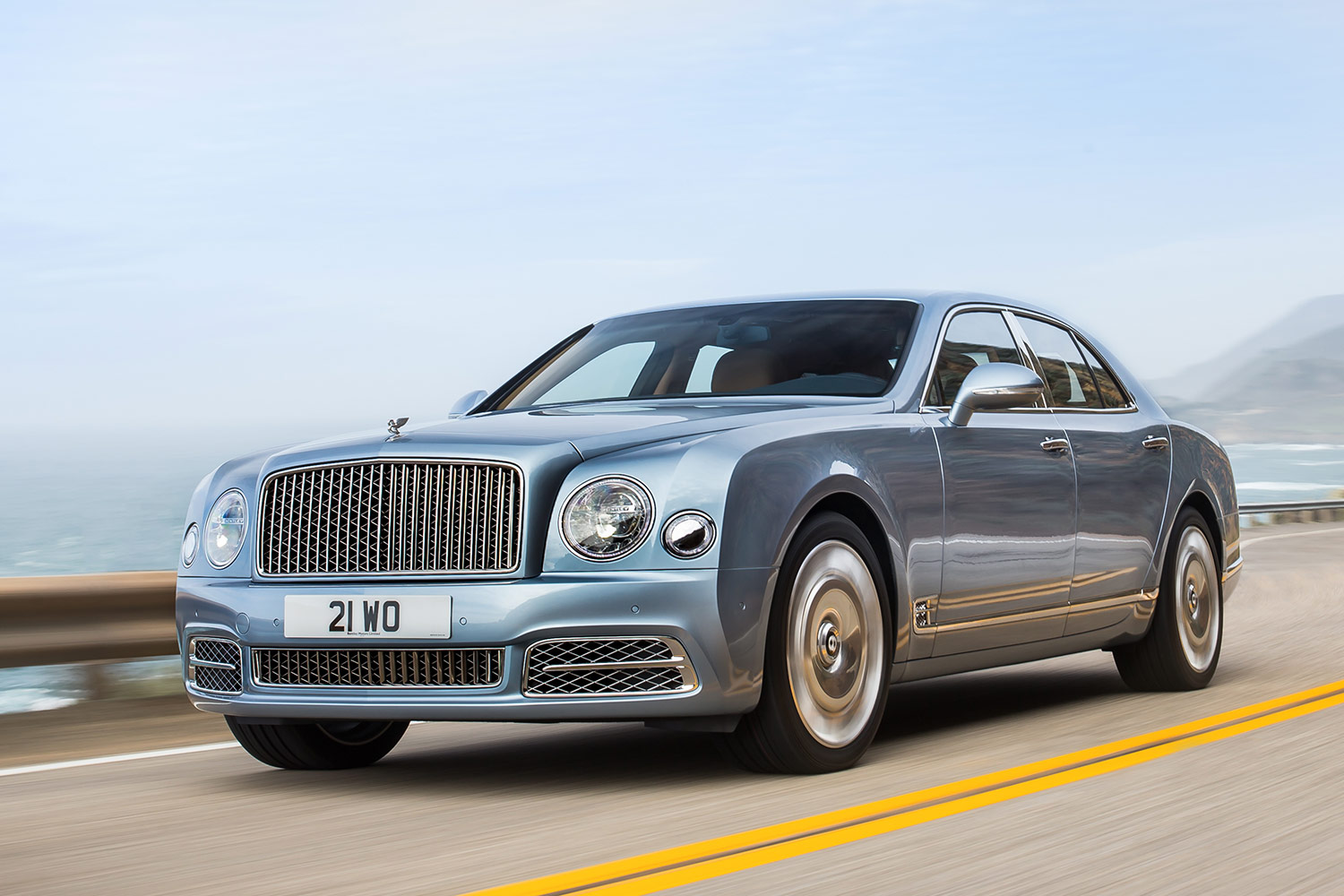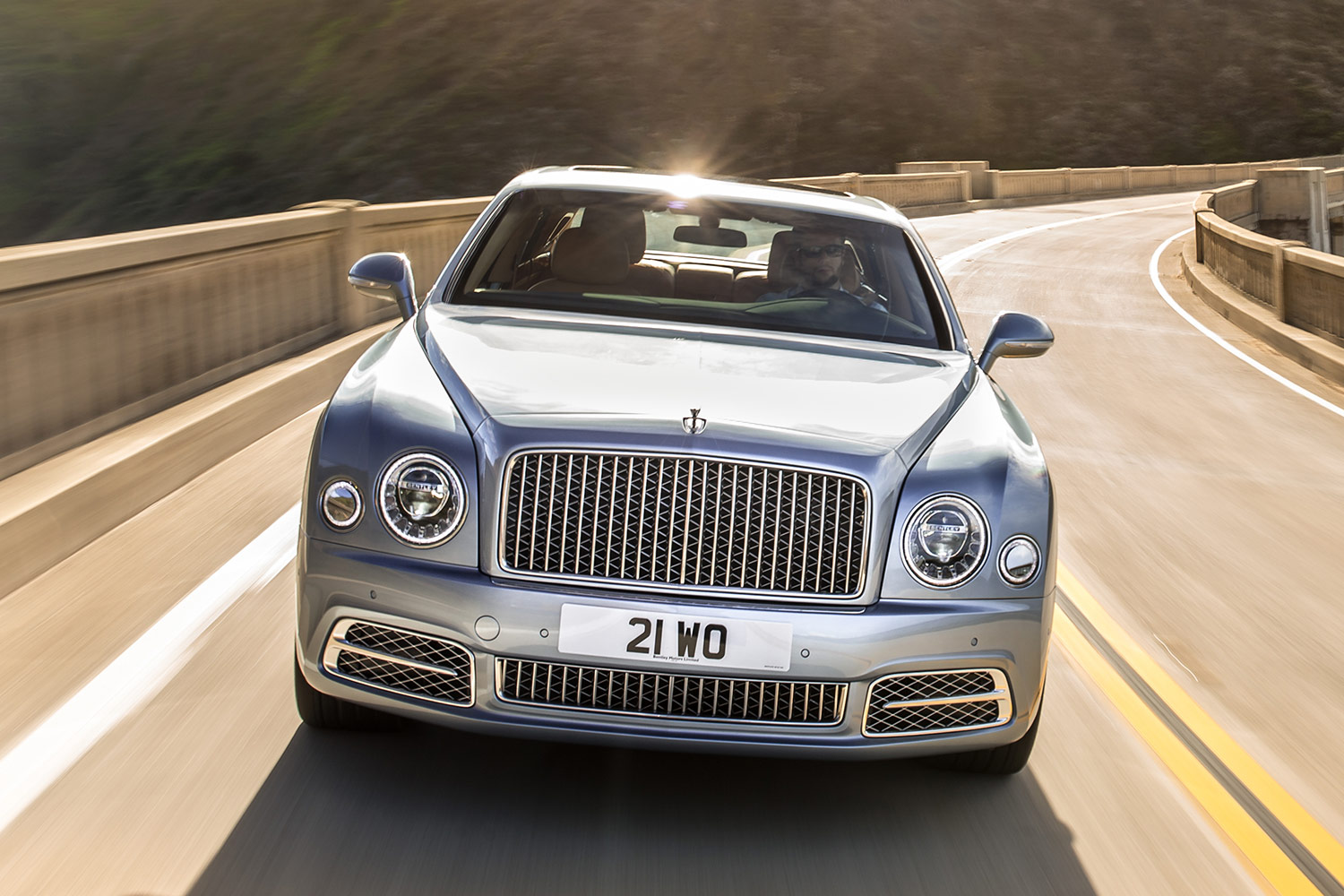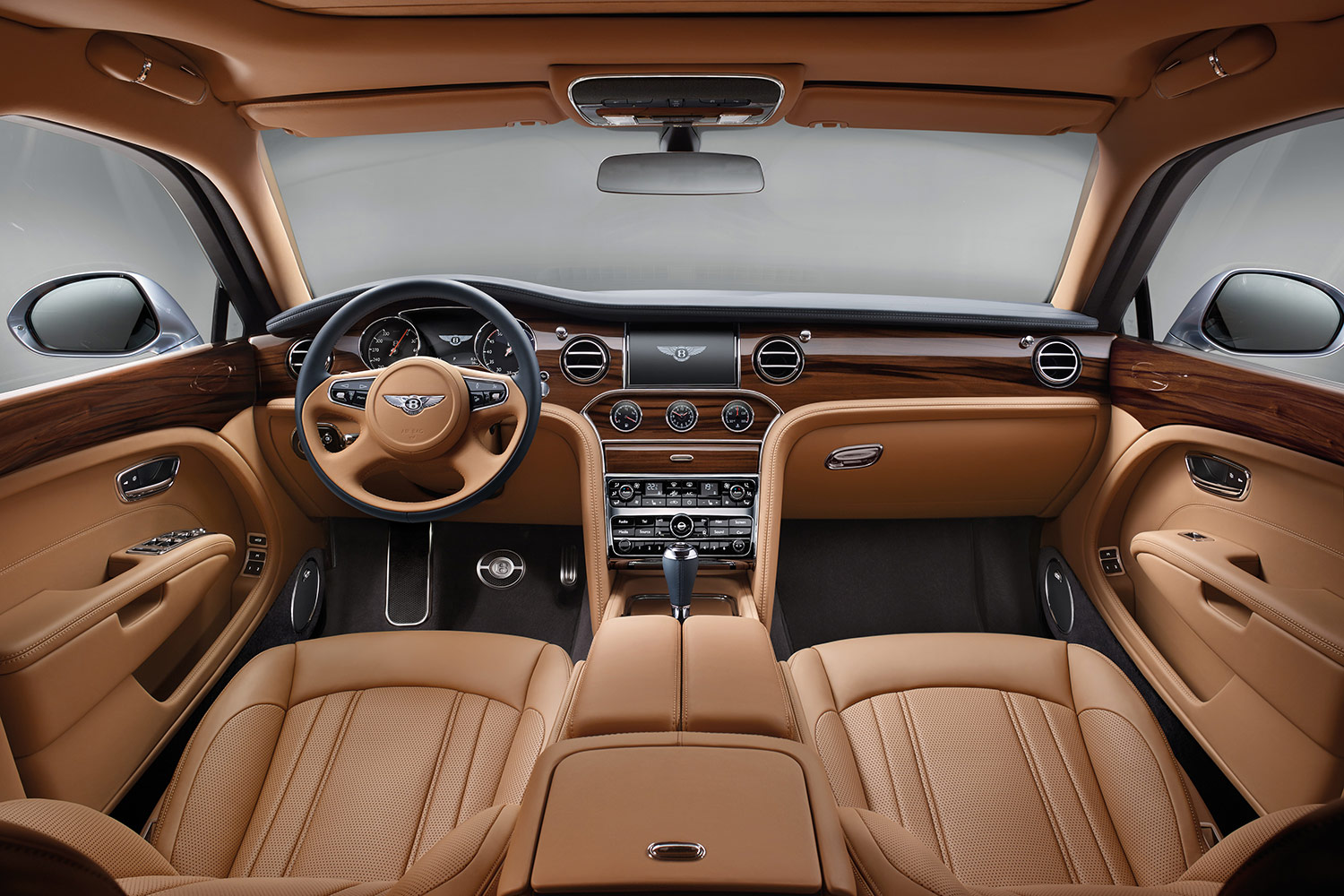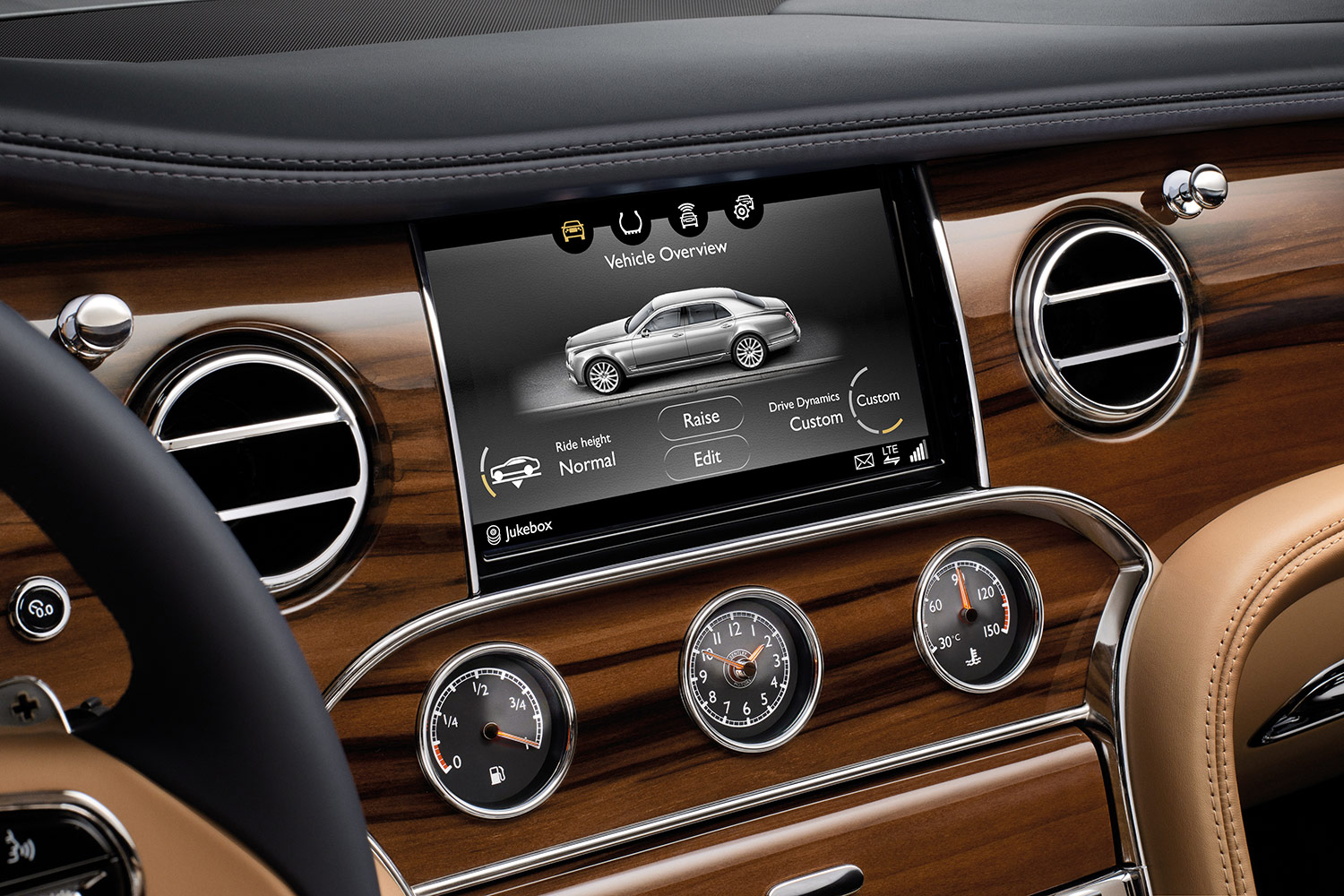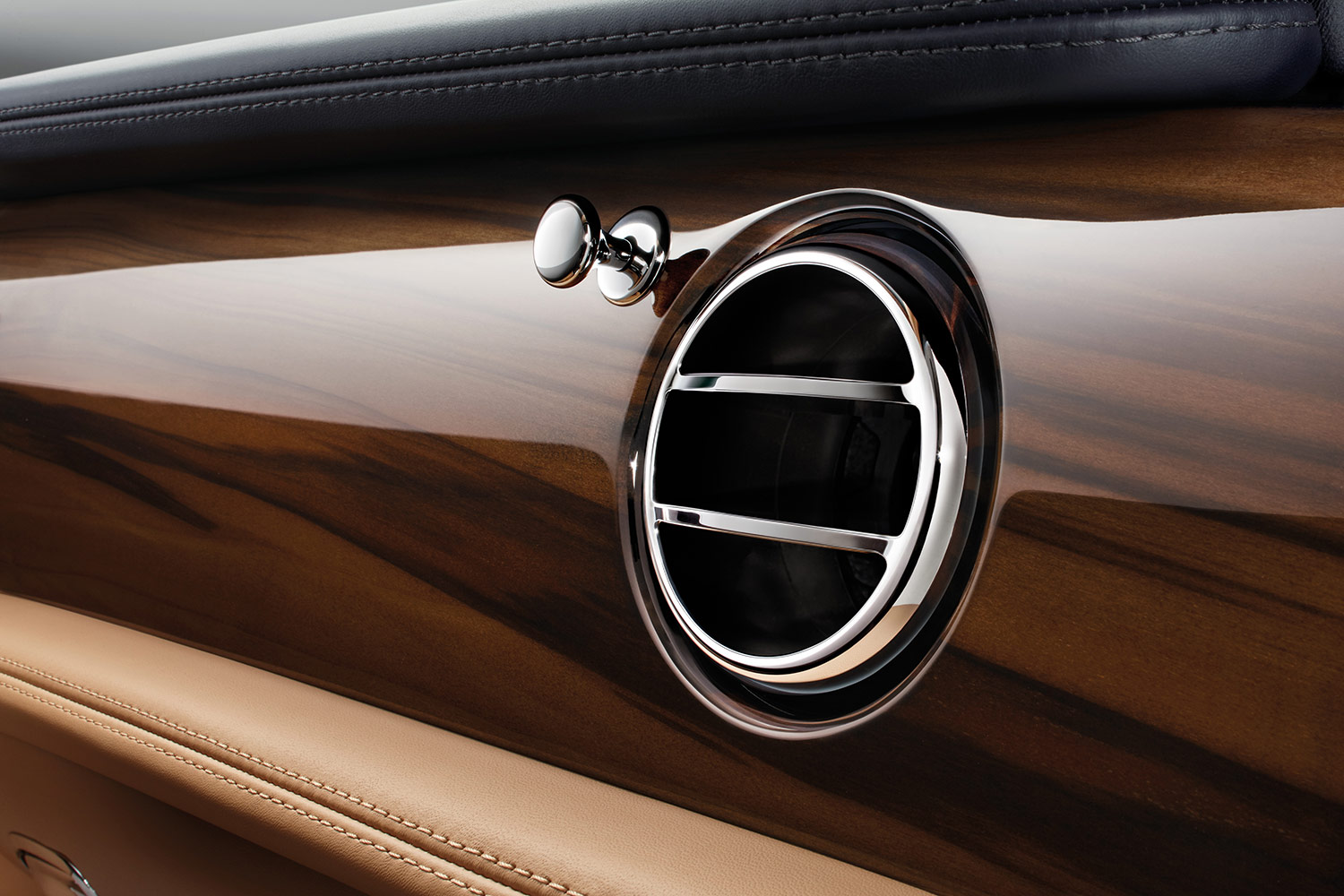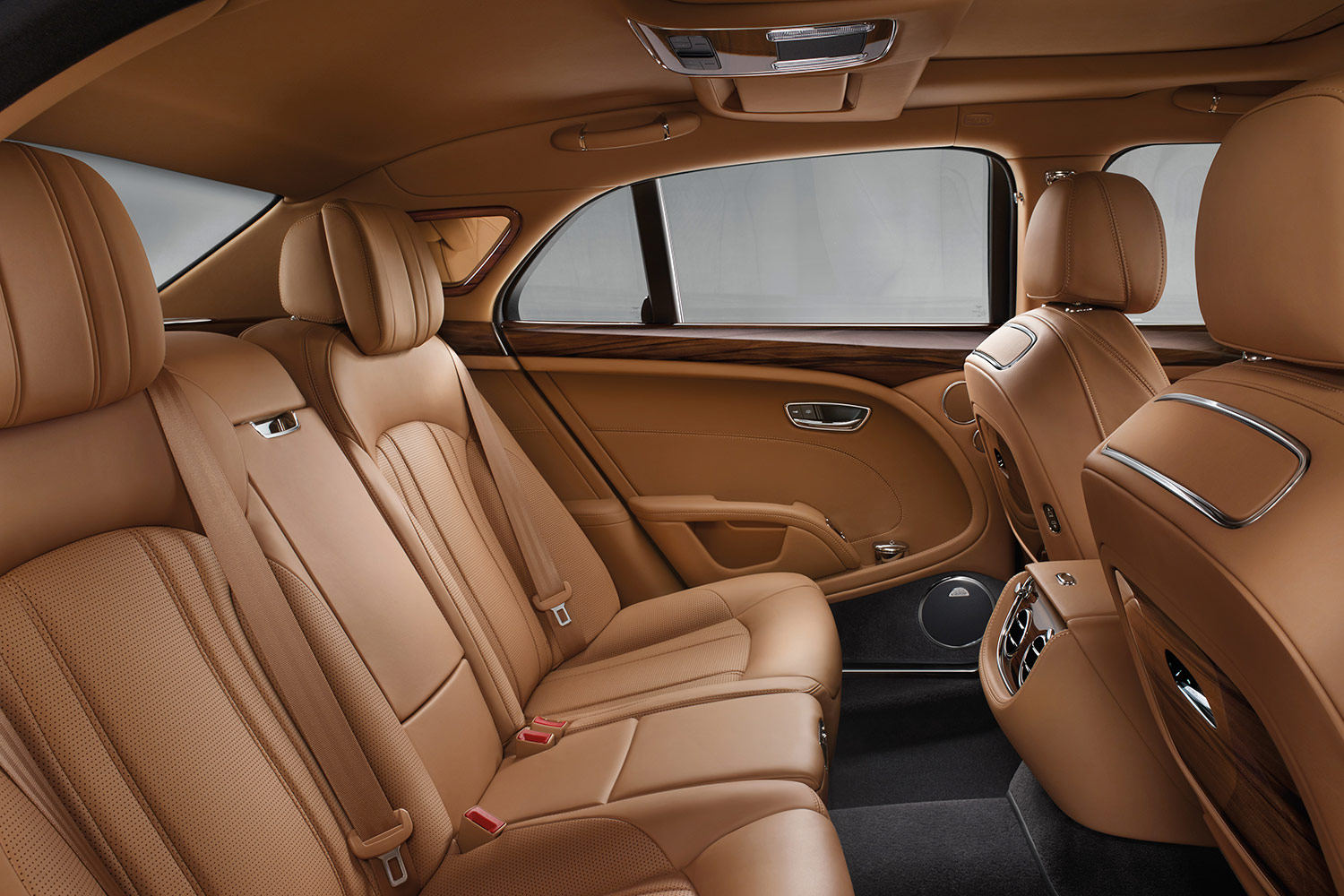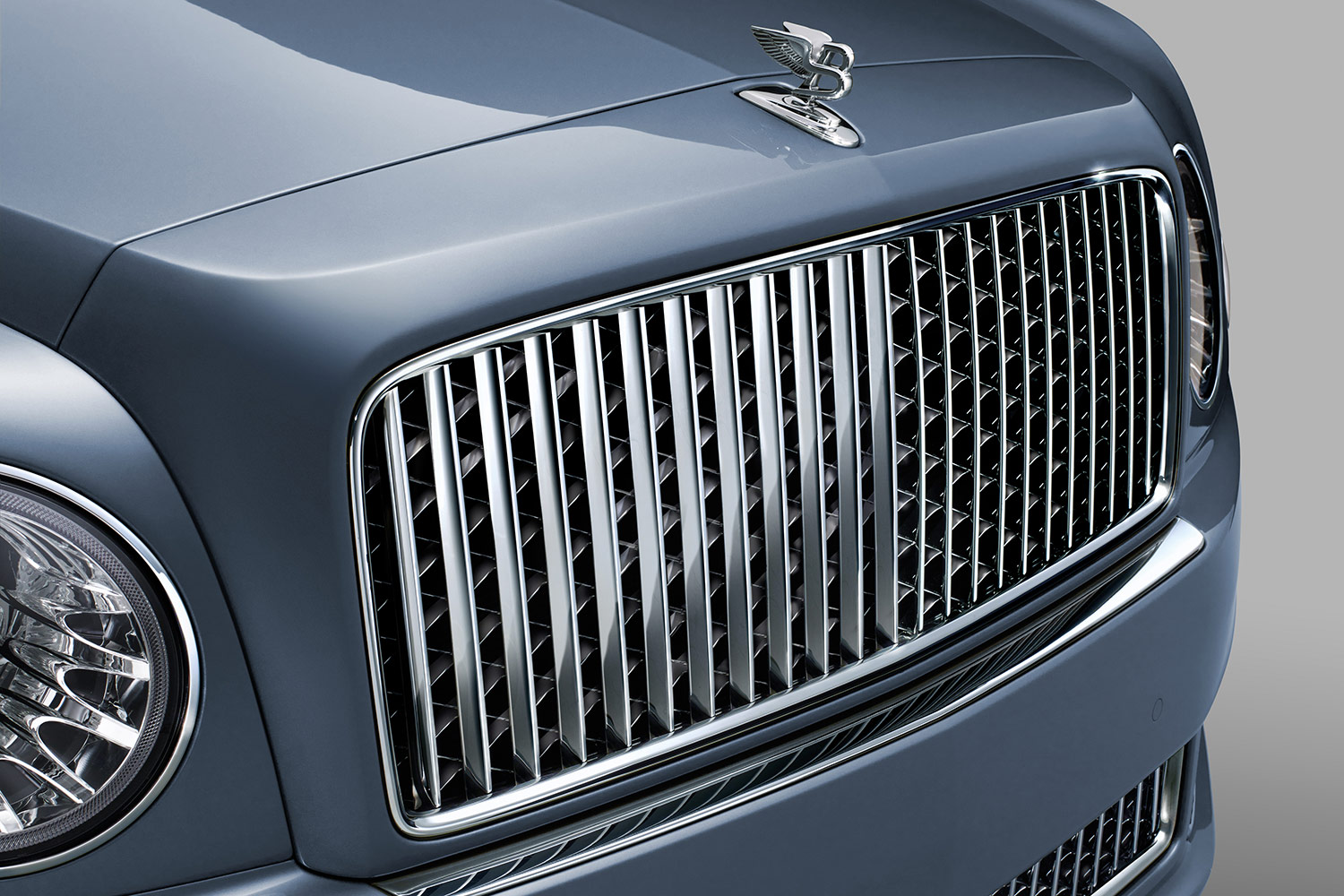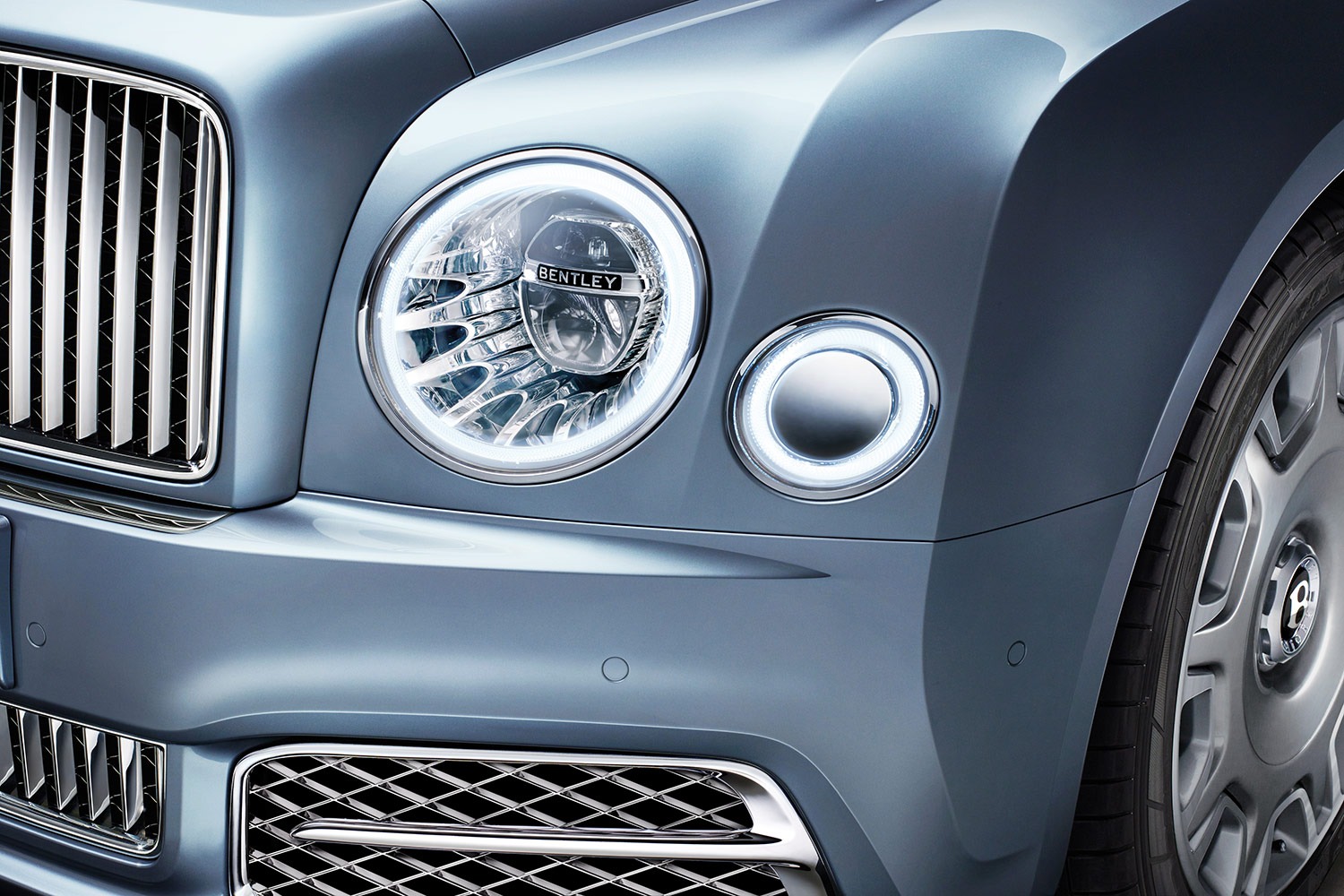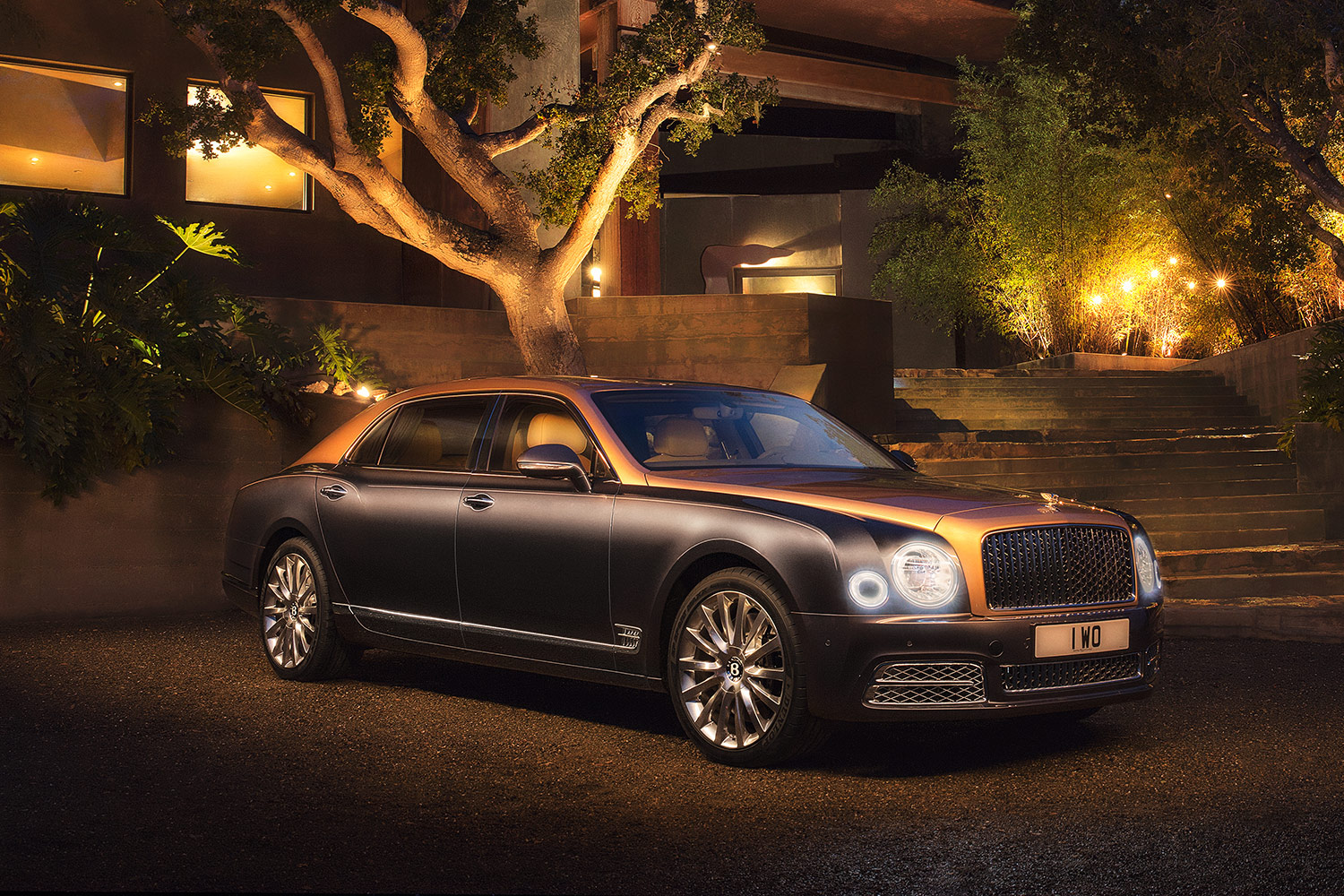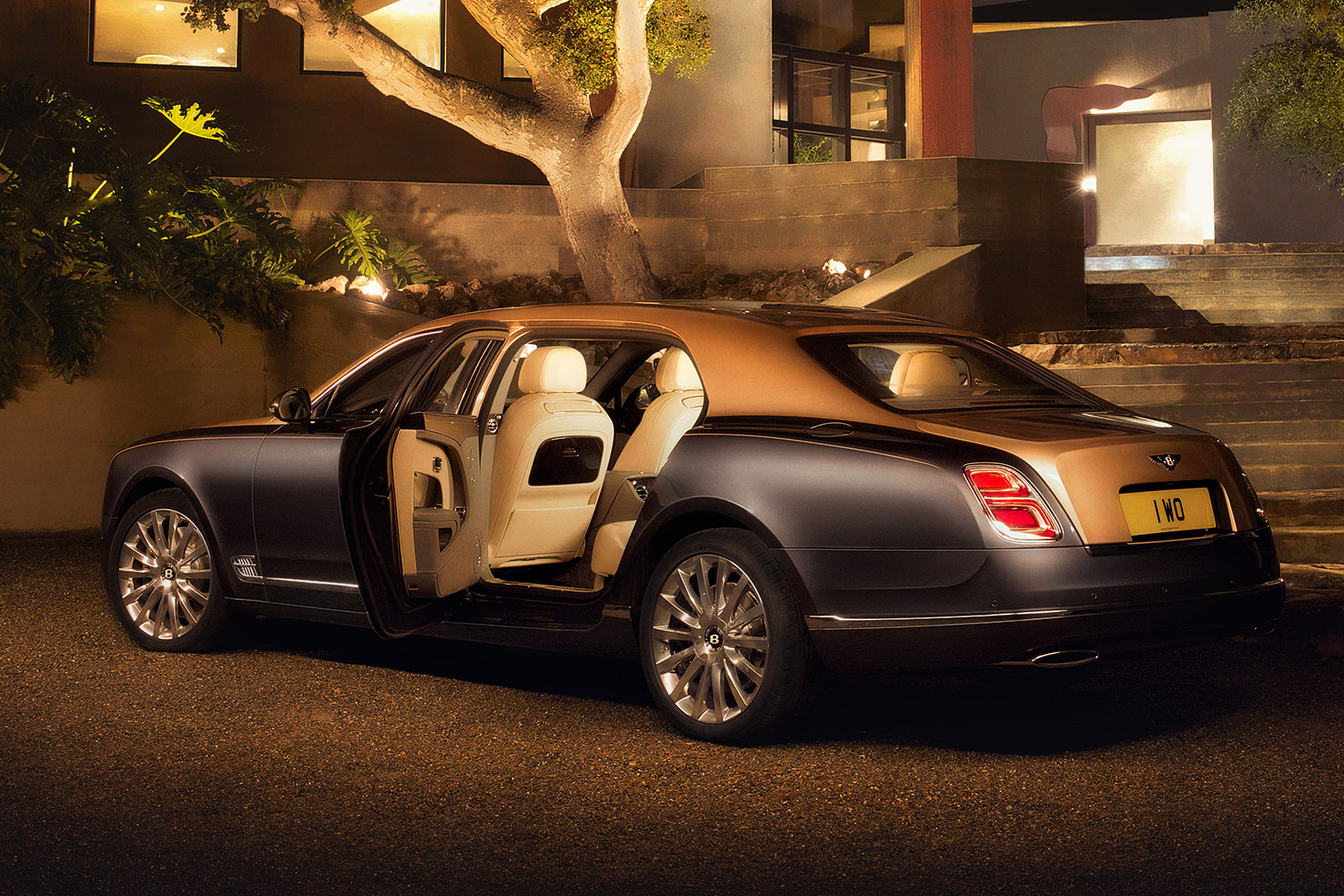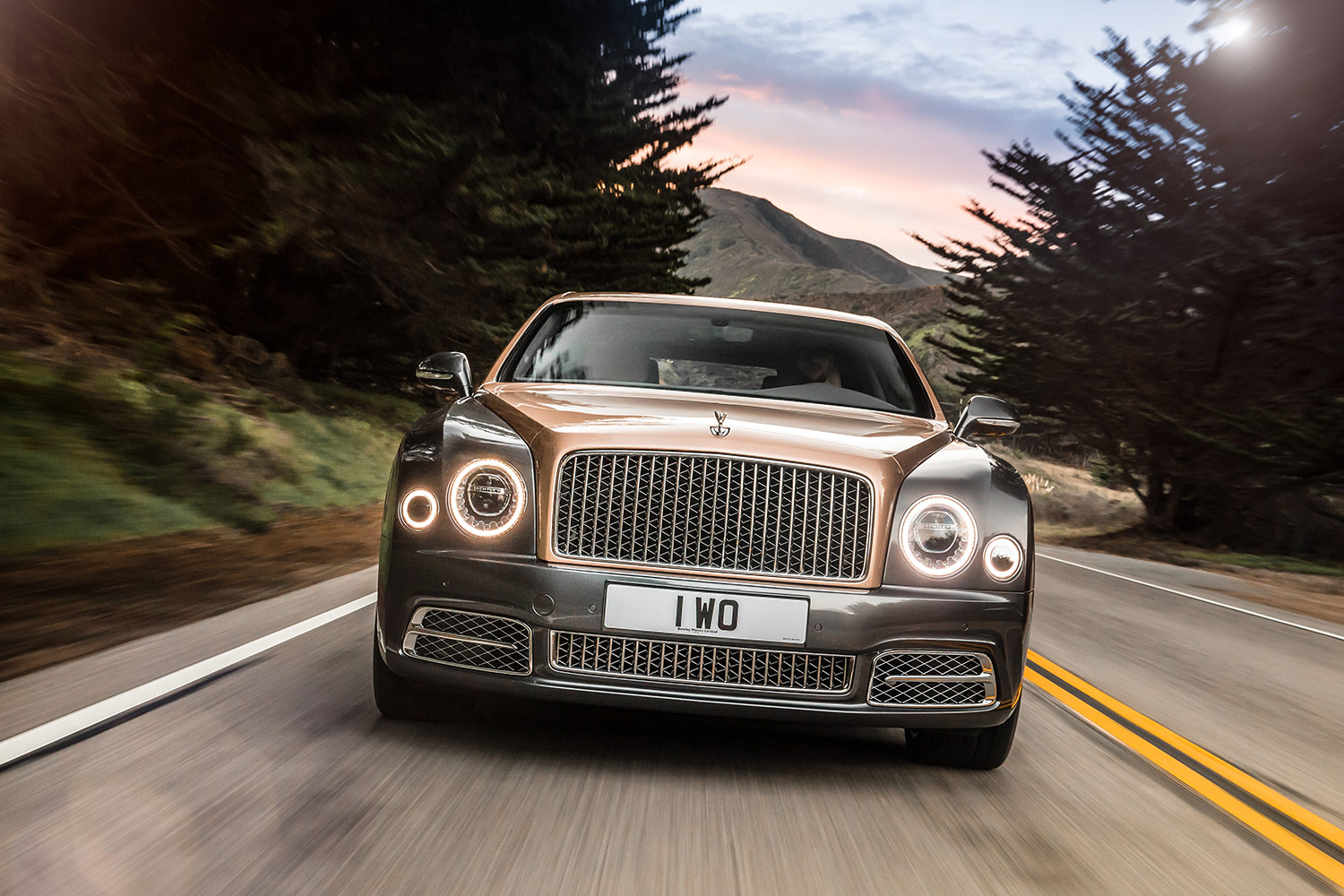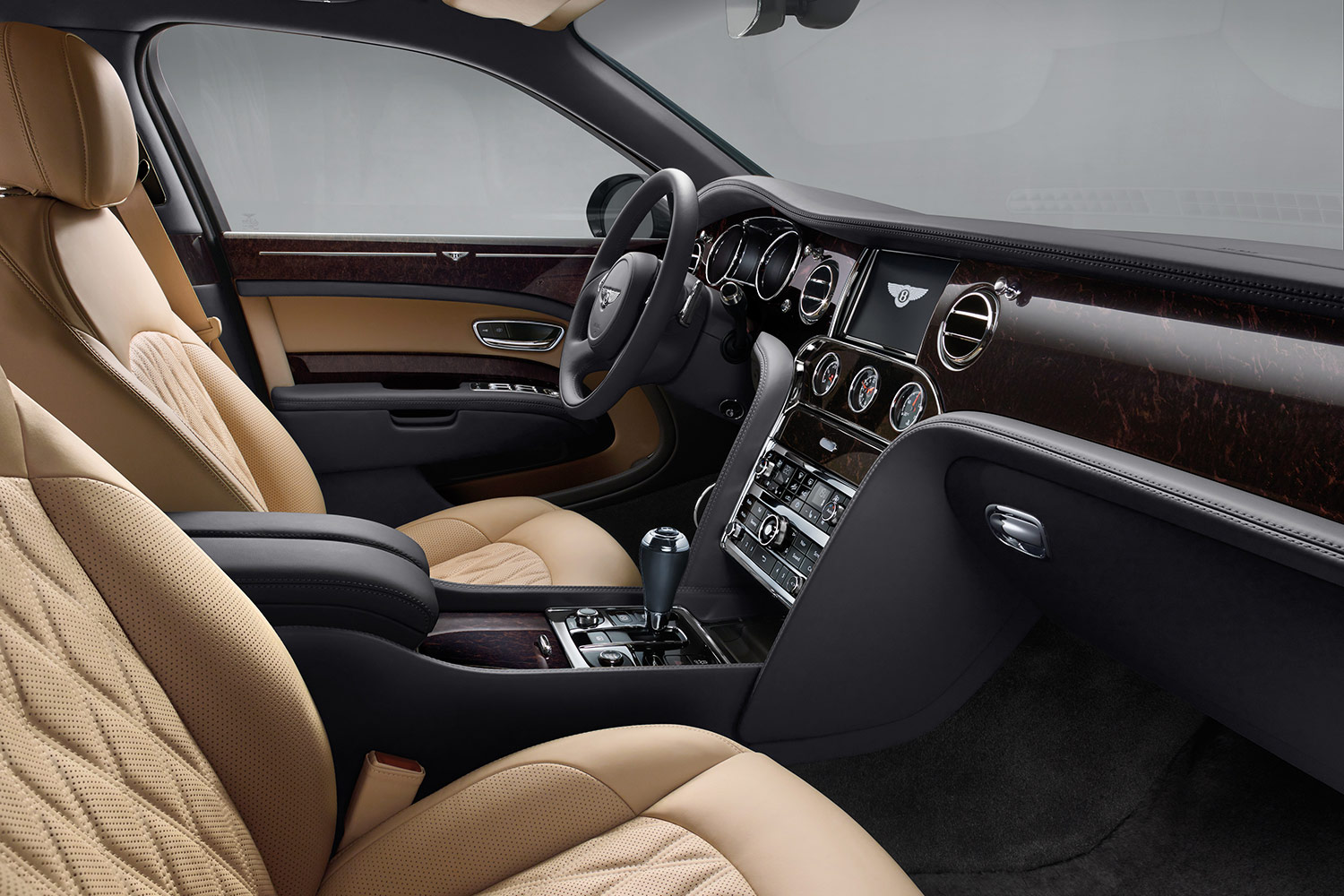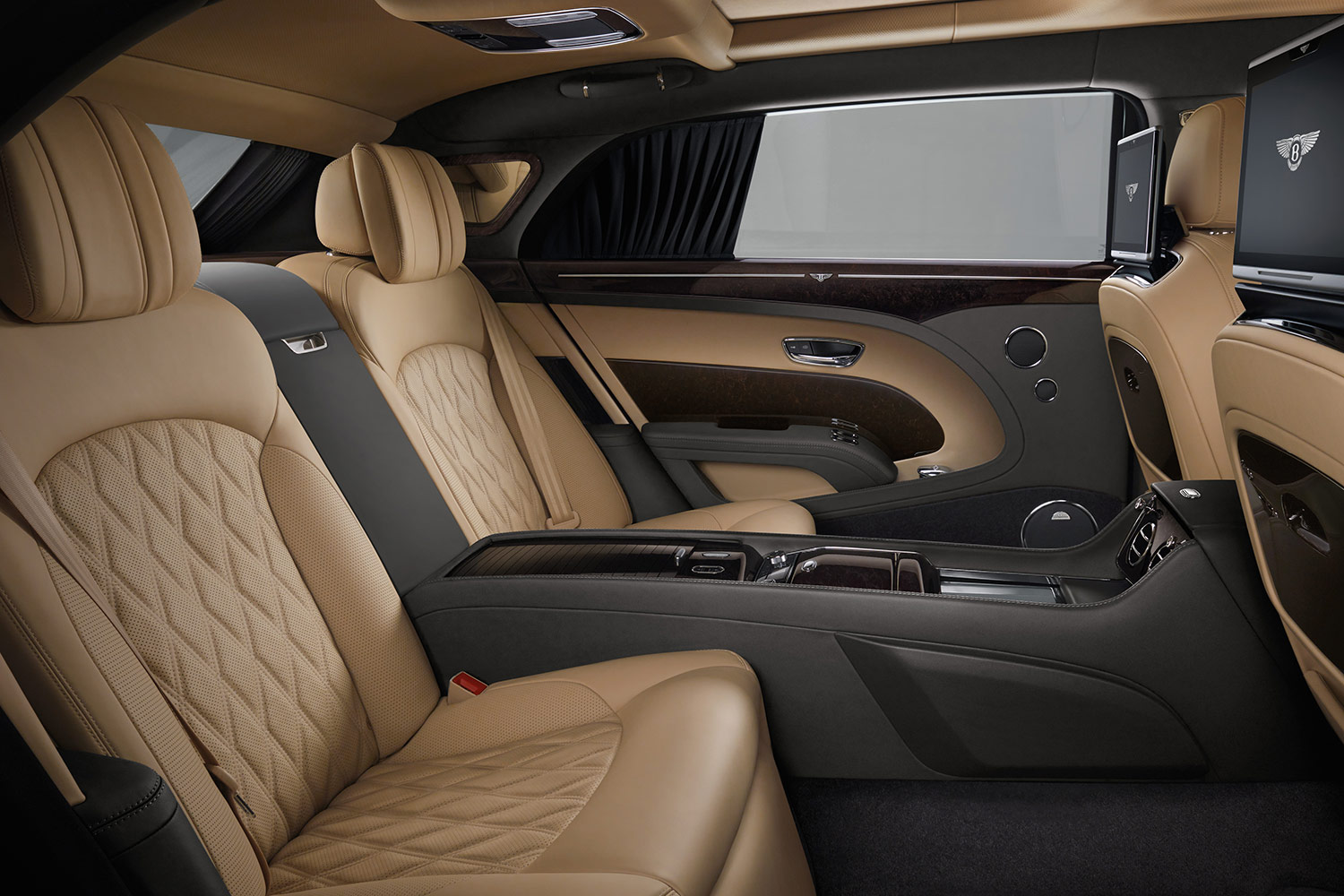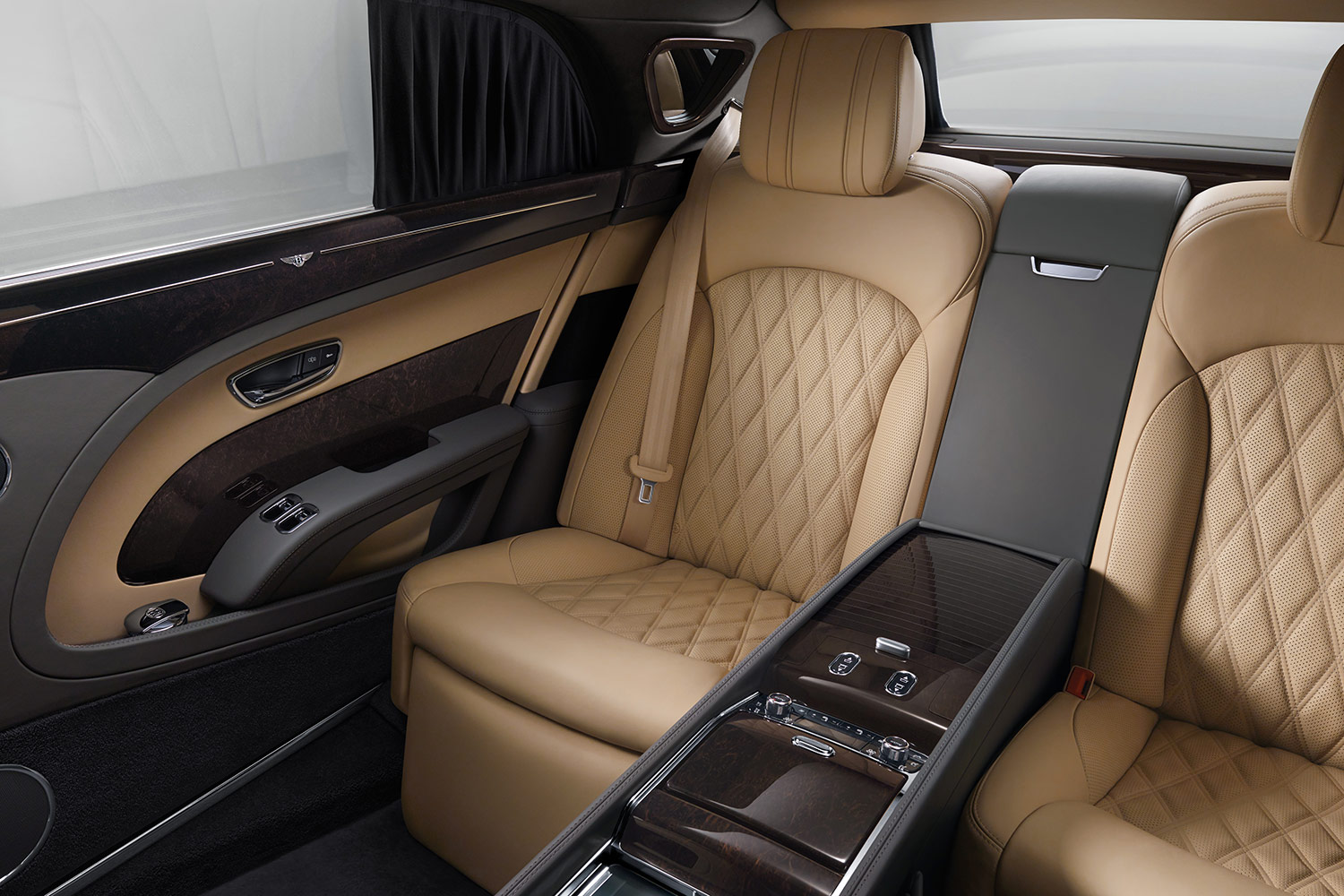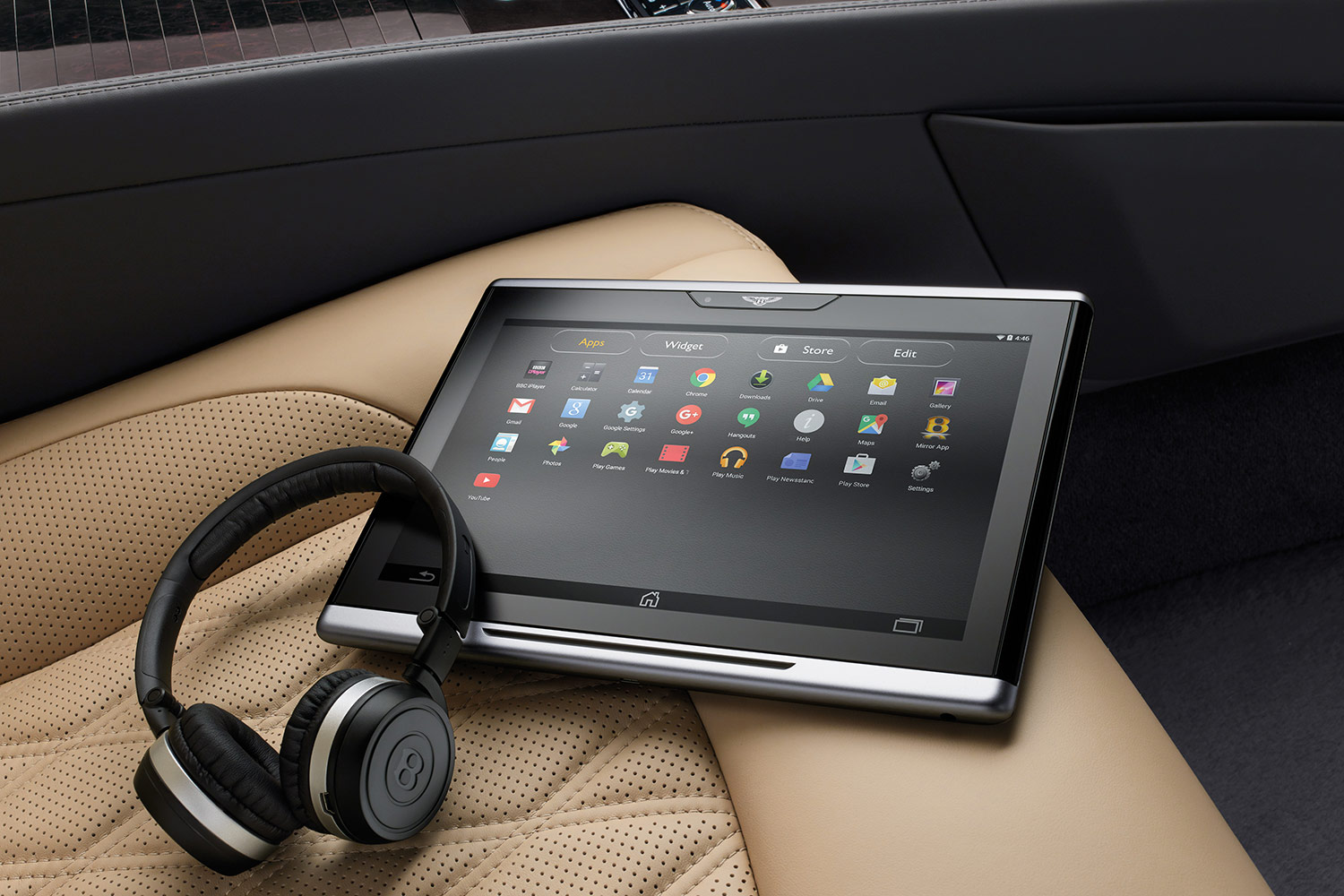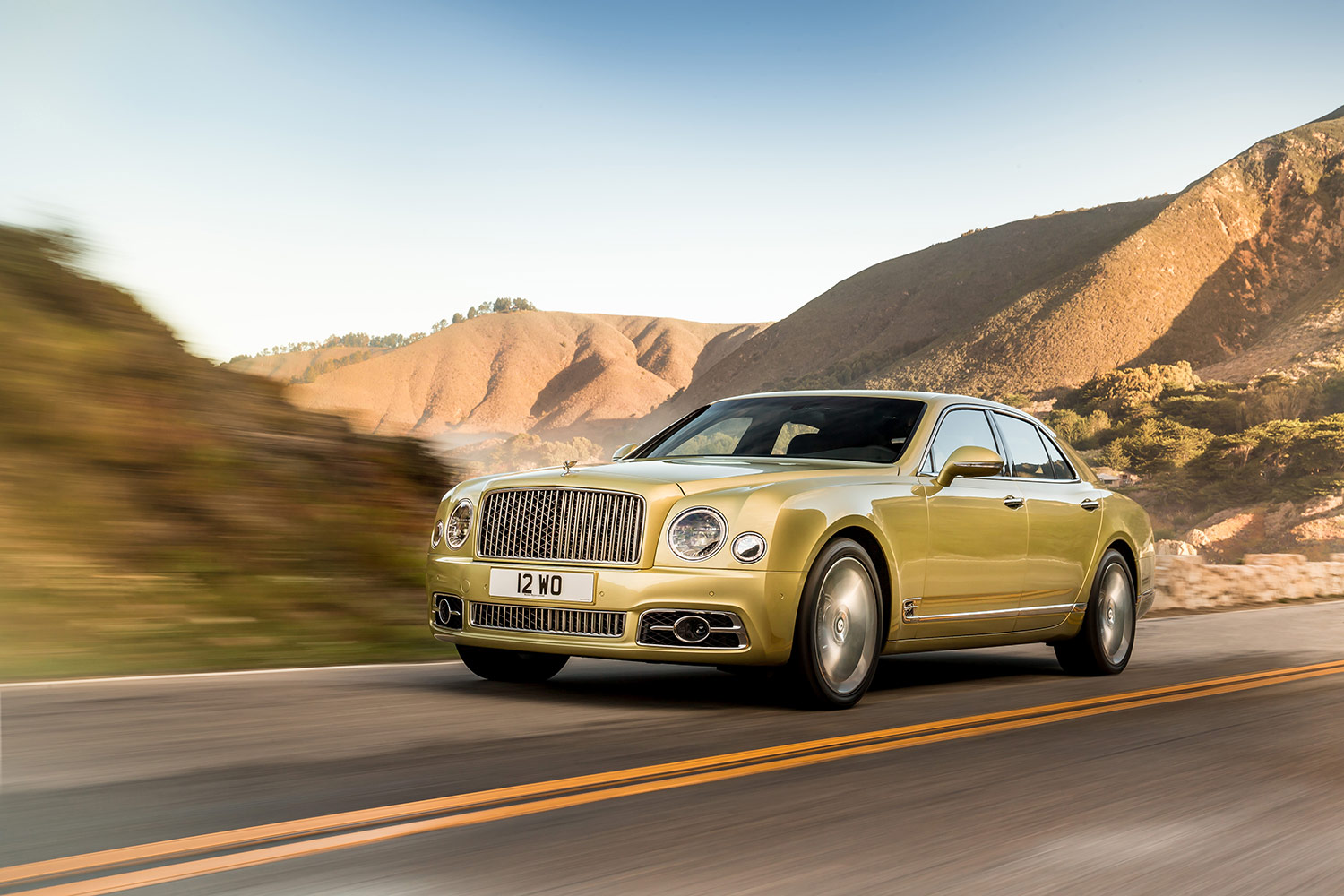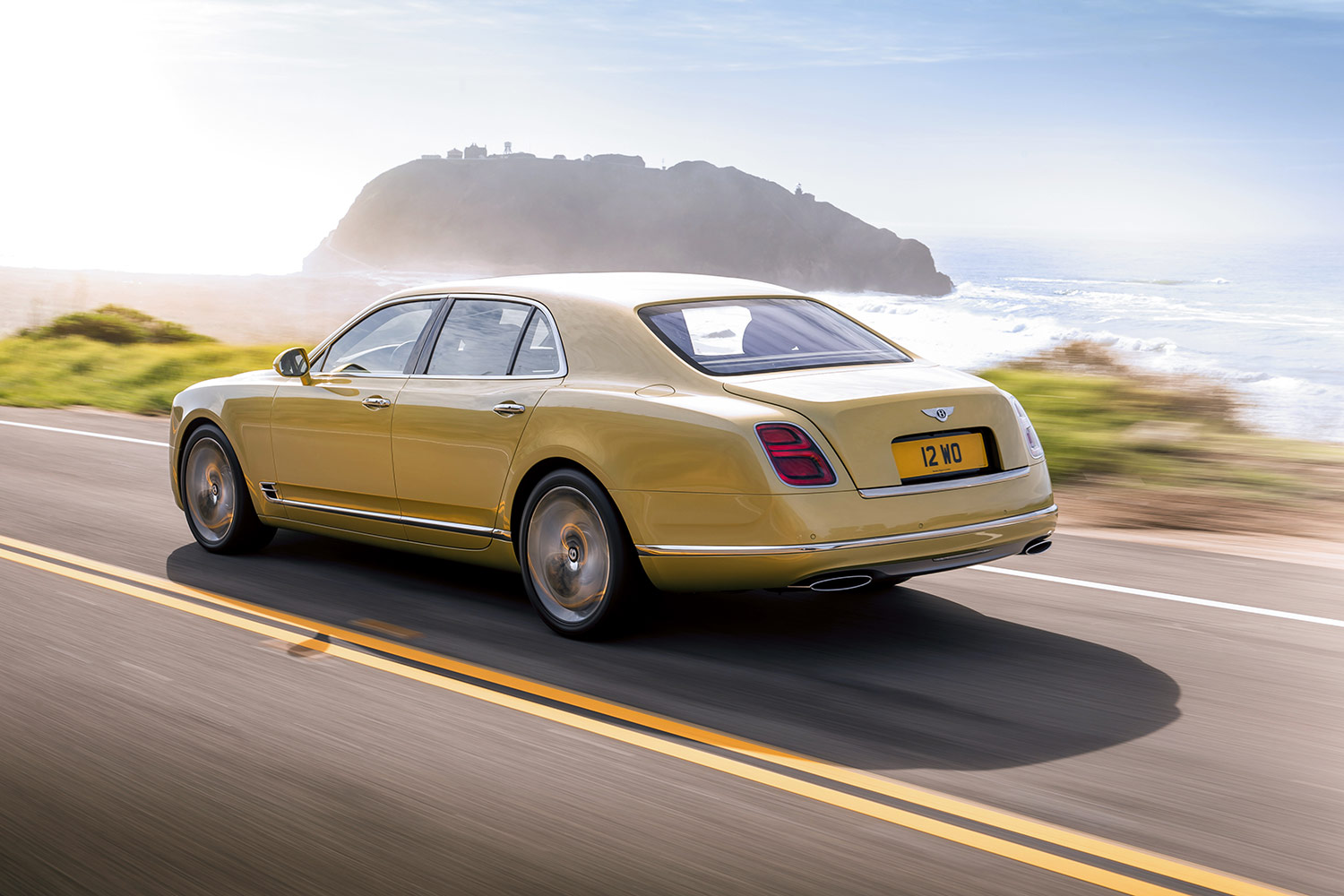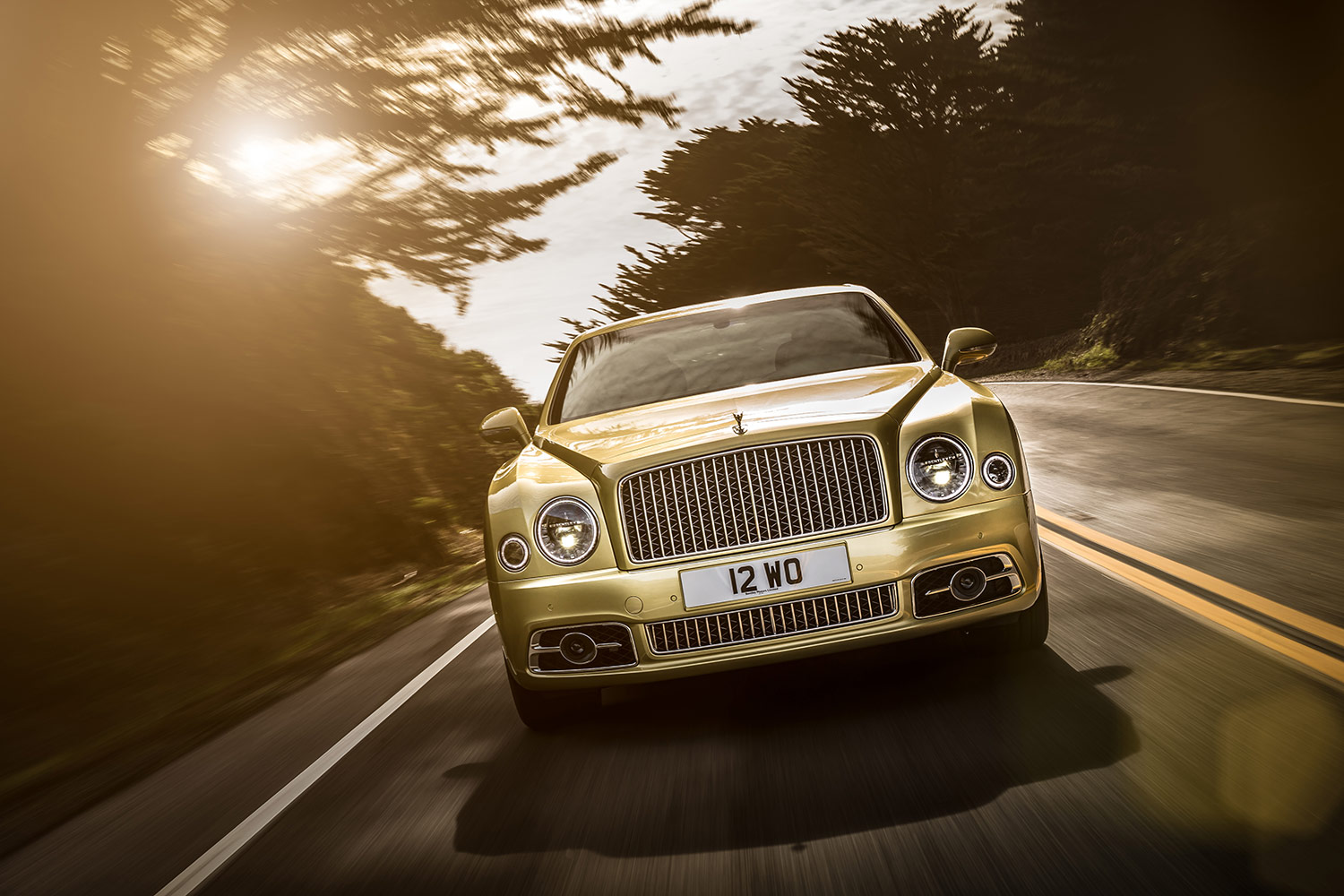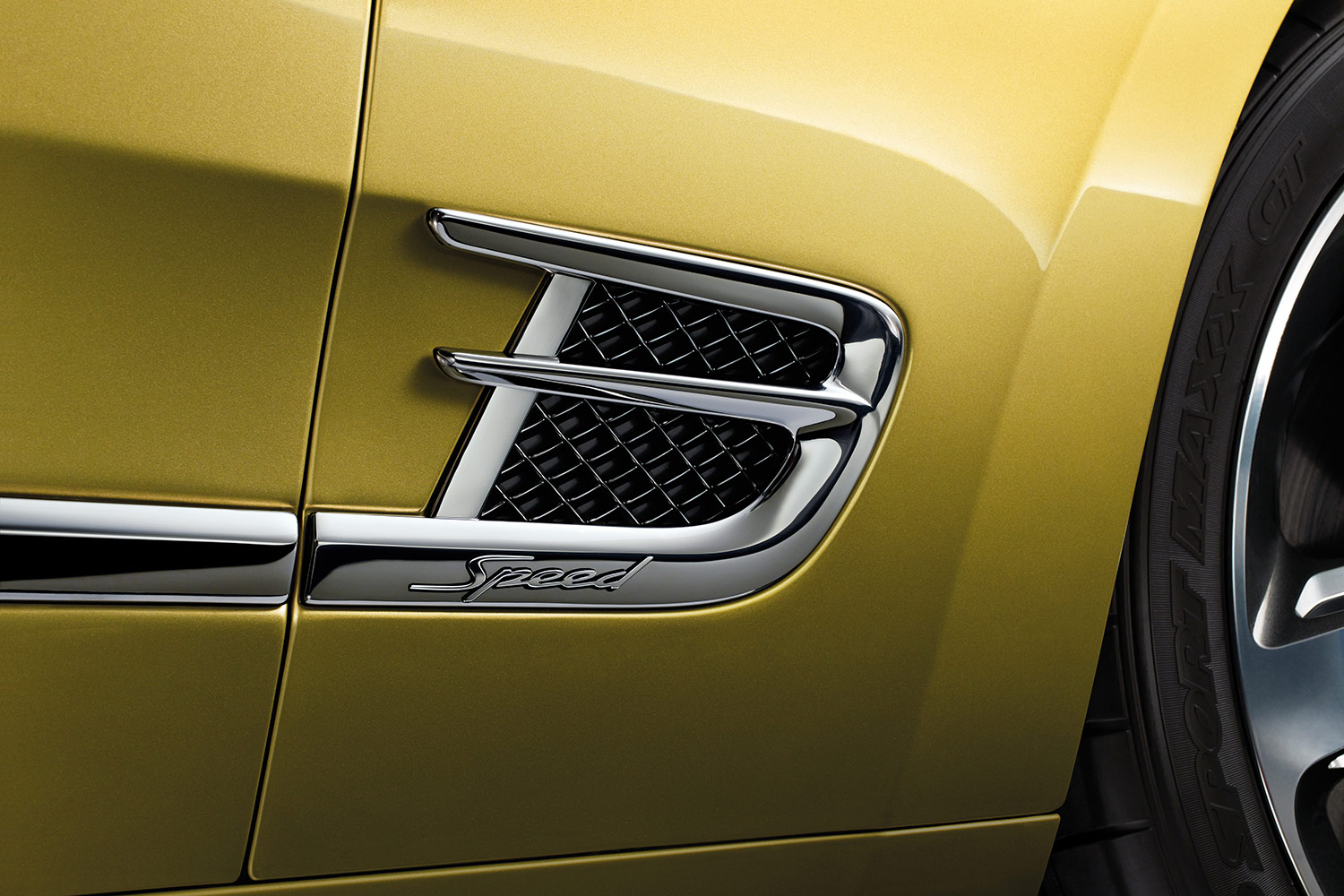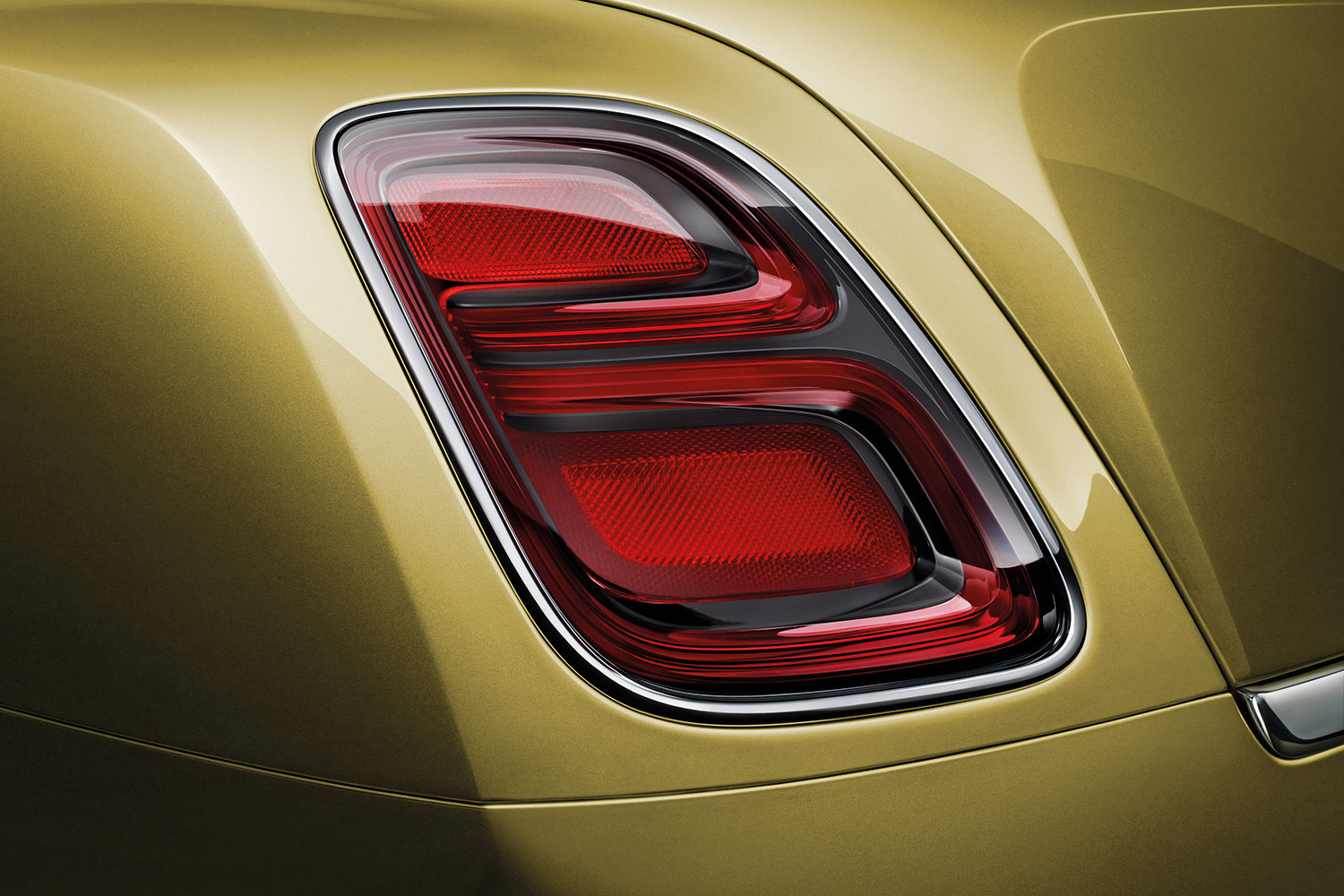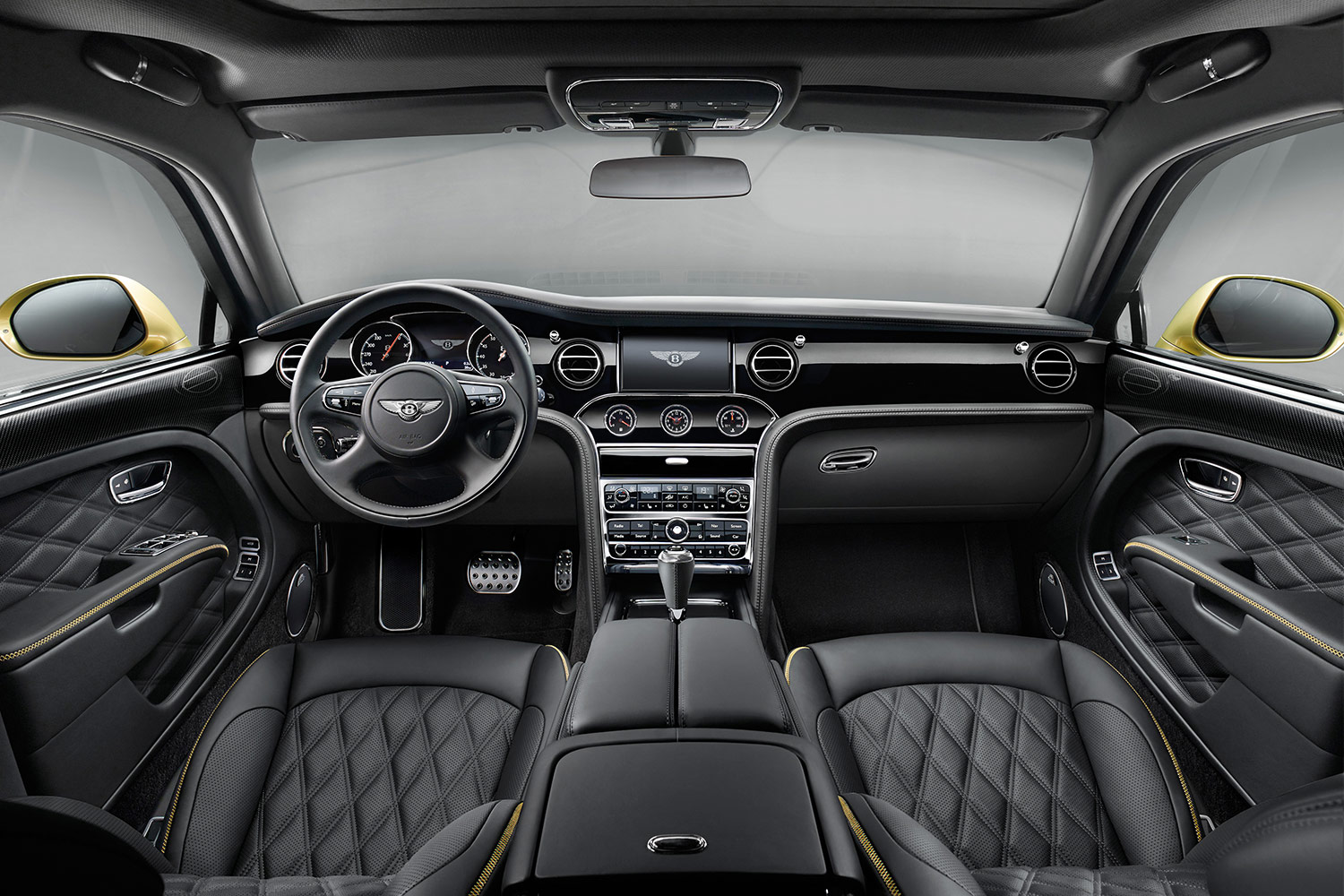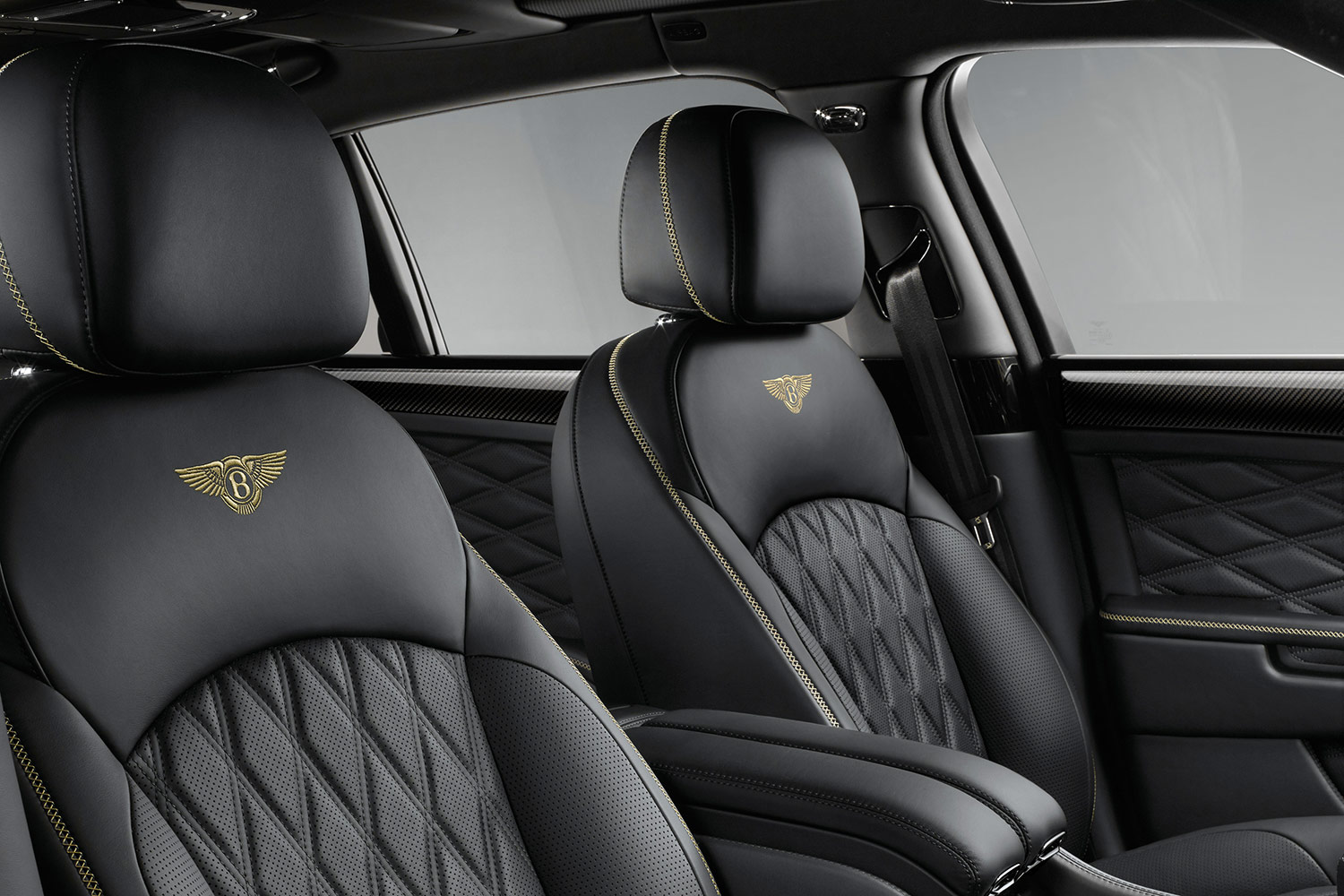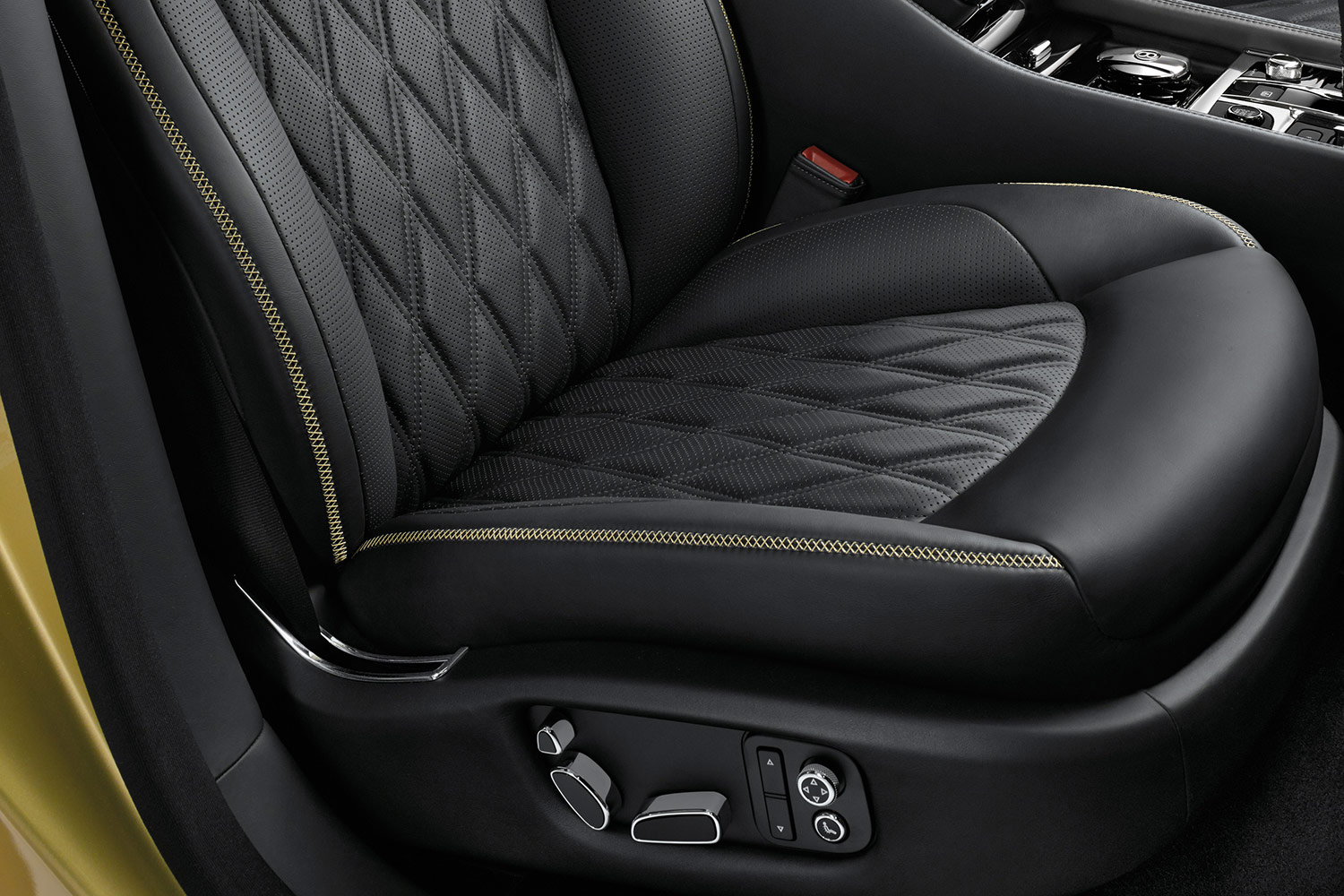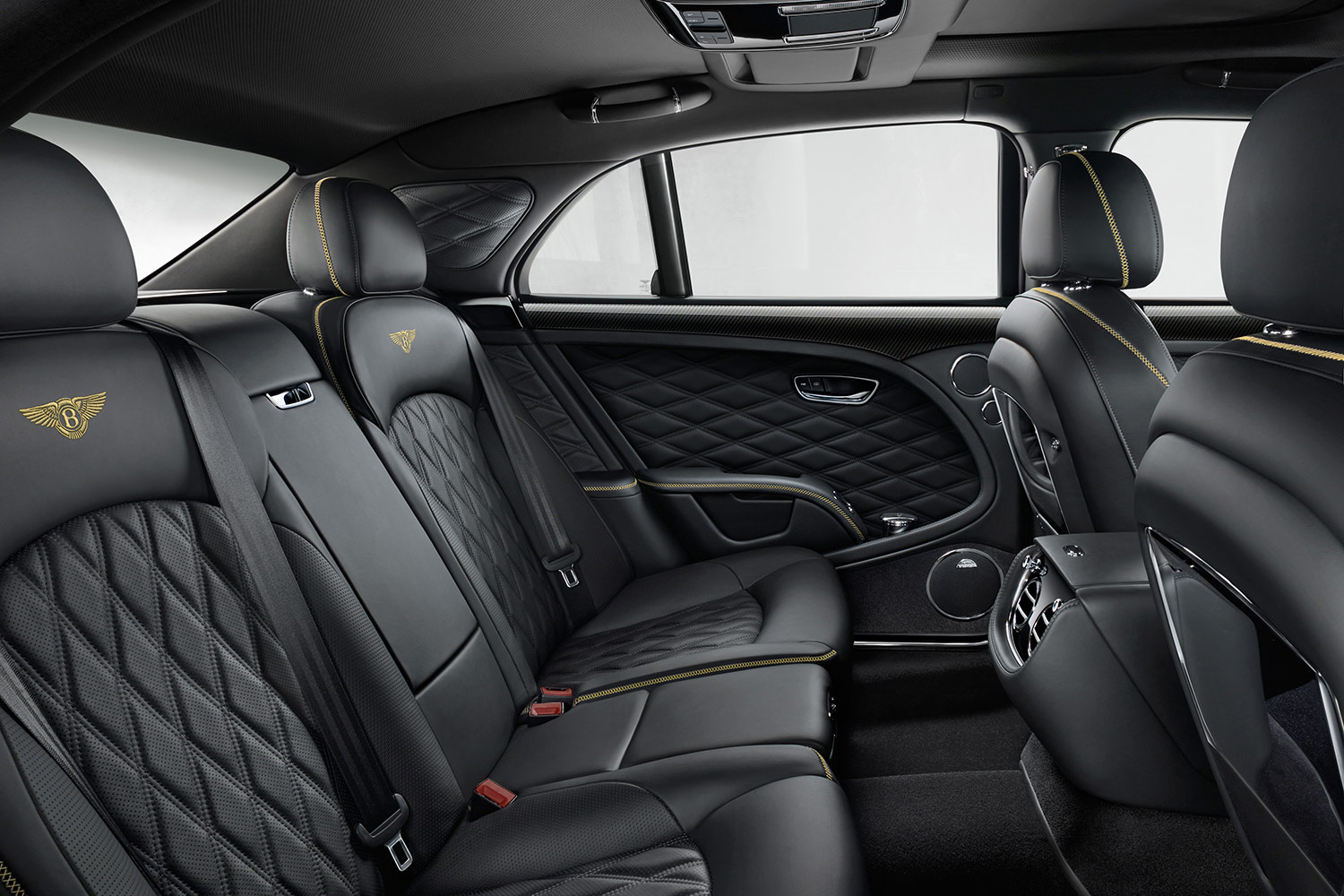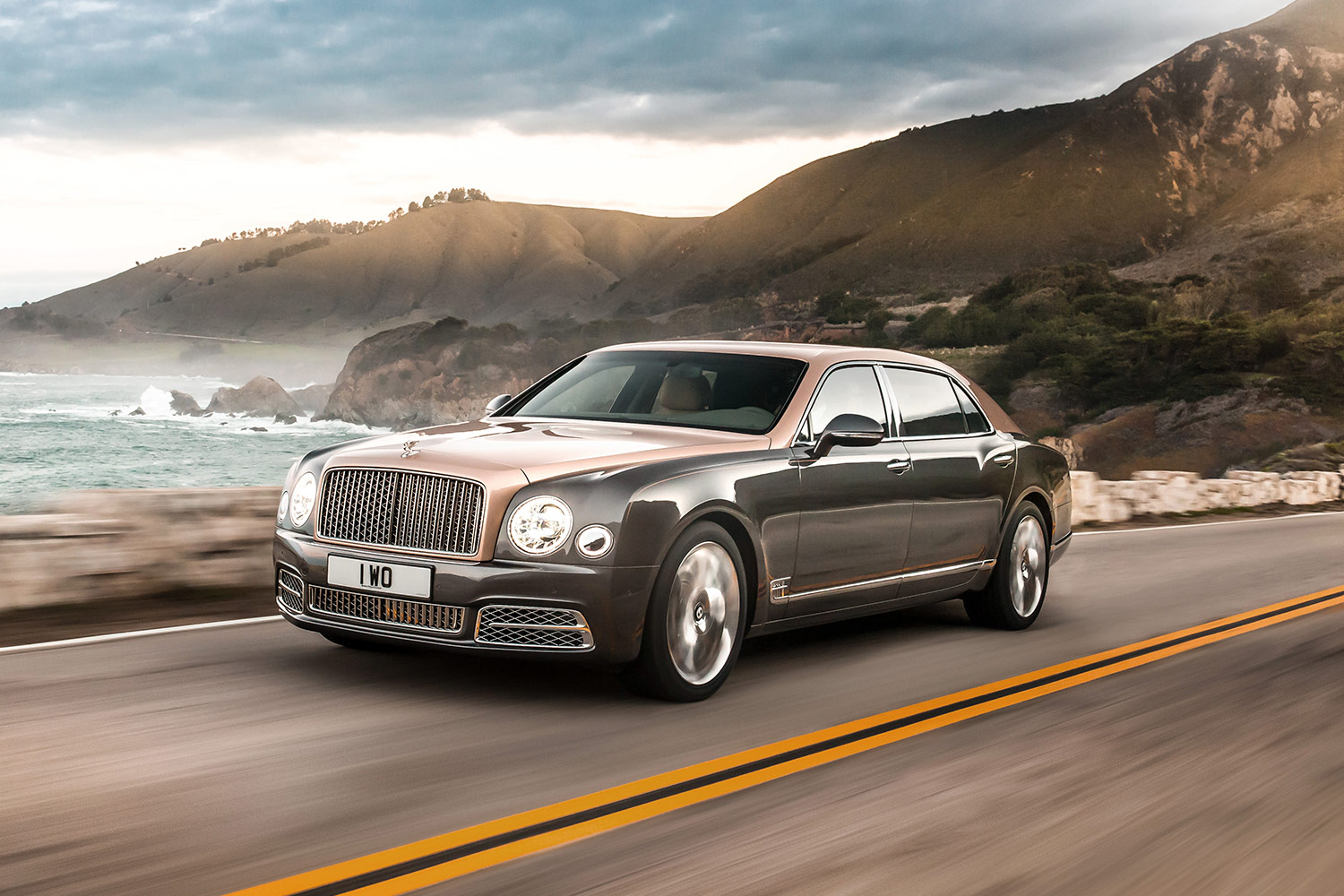Bentley has embarked on an ambitious model offensive in a bid to build 20,000 cars annually by 2025.
For the Crewe-based company, that means working overtime to break into new segments and bring forward-thinking technology like plug-in hybrid drivetrains to the market, while remaining true to its core values.
Digital Trends sat down with Rolf Frech, Bentley’s engineering boss, after the launch of the 2017 Mulsanne at the Geneva Auto Show to find out why the storied British brand is evolving, and what the future has in store for it.
Digital Trends: The Bentayga is a bit of a controversial model because it’s the very first Bentley SUV. How have buyers reacted to it?
Rolf Frech: How should I describe it? I’d say it’s been unbelievable! As an experienced engineer, that’s the reaction I hoped it would generate. The SUV segment is experiencing massive growth. We’ve held preview events where people can drive the Bentayga on the road, off the road, in the dunes, and on the track, and they’ve been happy. We initially projected to sell 3,600 cars, but now we’re looking at an order book with over 5,000 cars. However, we have to be careful not to just build, build, build, and ensure that quality is up to par.
Why did Bentley put such a big emphasis on making the Bentayga capable off-road? Odds are most buyers will never go off the beaten path.
It was a priority for us because I think the mission of a Bentley is that it should be capable of doing what it was designed to do. The term SUV stands for Sports Utility Vehicle, so we promised buyers it’d live up to the “utility” part. And I’ve heard time and again that no one will take the Bentayga off-road, but I don’t believe that everyone will say “I’m going to stay on the tarmac.” It’s like a sports car – how many 911 buyers are really going on the track? But, they can rest assured knowing that if they want to, they can. That was our mentality.
Bentley built full-size sedans and coupes for decades. Why did you decide to move into the SUV segment?
About four years ago, we realized that we needed an additional model line to bump Bentley up to the next level. A three-car lineup wasn’t balanced enough. We looked at how fast the SUV segment was growing, and we came to the conclusion that we needed to compete in it.
A few years ago, the Bentley Drivers Club organized a hunting party in the United Kingdom, and all of the Bentley owners showed up in a SUV. My colleague Kevin Rose showed me a picture of the parking lot, and I remember thinking “in two years’ time we’ll take the same picture but every SUV will be a Bentayga.” Remember, the average Bentley customer has five to seven cars and usually one of them is a SUV. In short, the Bentayga was the next logical step in Bentley’s expansion.
We’ll decide what the future holds for the EXP 10 when we need to.
The main reaction to the EXP 10 Speed 6 concept was “don’t ask me, just do it!” The car was on display in Pebble Beach and a lady told us “I want to buy this car.” We said “we’re sorry, it’s still a prototype,” and she asked “well, what does this prototype cost?” We told her it would likely set her back $3 or $4 million, and she said “alright, no problem, I’ll buy it!”
People loved it, but it hasn’t been approved for production yet. We’re still fine-tuning the concept, we’re in a situation where we’re not under pressure to come to a decision. We’ll decide what the future holds for the EXP 10 when we need to.
The Bentayga launched with a brand new 6.0-liter W12 engine. Can a large-displacement, 12-cylinder engine live on in the foreseeable future, or will government regulations kill it?
Even with hybrids and other alternative drivetrains around the 12-cylinder is still the pinnacle of motor technology in many people’s minds. It’s the reason why we decided to build a new W12 with direct fuel-injection for the Bentayga. Of course, we’ll roll it out to our other cars.
We’re also looking at other technology. We’ve already announced plans to sell diesels in Europe, we’re developing a plug-in hybrid drivetrain, and we’re also looking at what electrification means for Bentley. So, we have a few ideas in mind, we’re not exclusively focusing on the W12. But, there will still be demand for a 12-cylinder engine even when a lot of other cars on the market have a plug-in hybrid drivetrain.
Bentley showed a hybrid Mulsanne concept in Beijing. Should we expect to see something like it in showrooms?
The Bentayga will be the first Bentley with a plug-in hybrid drivetrain, but we’re going to make the technology available on all of our cars in 2019 or 2020. We can’t do everything at once, we’re a small company. We chose to start with the Bentayga because it’s the newest member of our lineup, and it’s consequently the most modern.
Bentley is shooting for 20,000 cars by 2025. Does that put pressure on the company as far as manufacturing goes?
We’re prepared for that, I think it’s possible, and everyone is working towards that goal. Last year we introduced the Bentayga, this year we renewed the Mulsanne and added an extended wheelbase model to the lineup, and maybe we’ll come back next year with more new models. It’s great to see how the company is growing, and how people are fascinated by it, not only internally, but outside the company, too.
